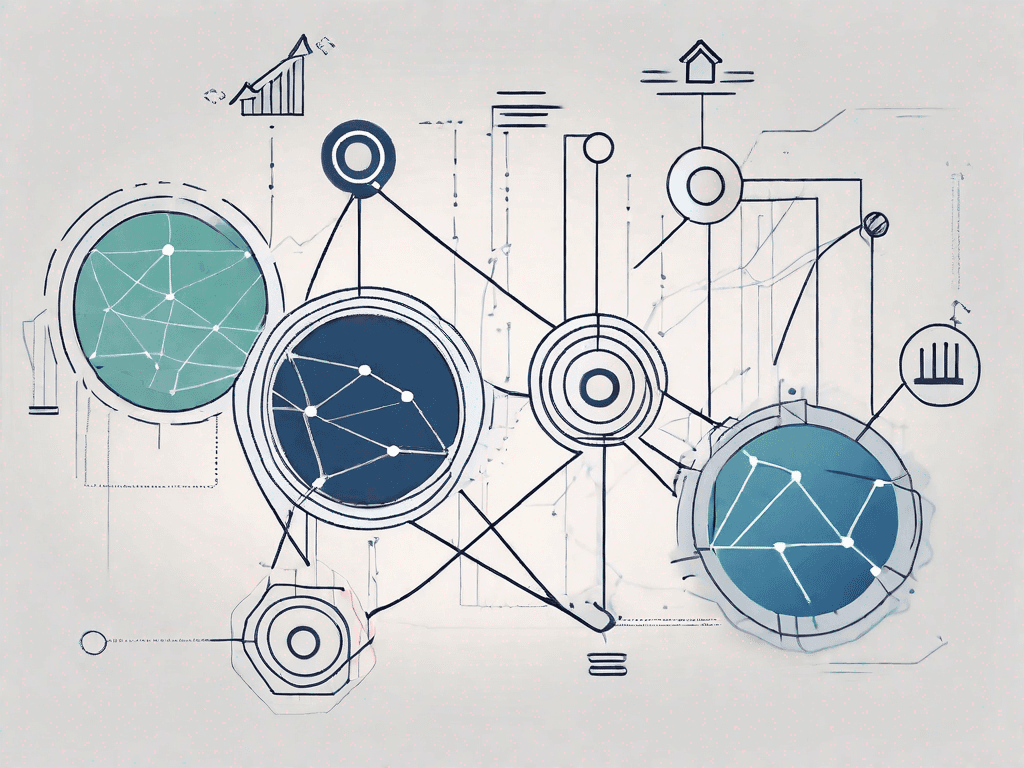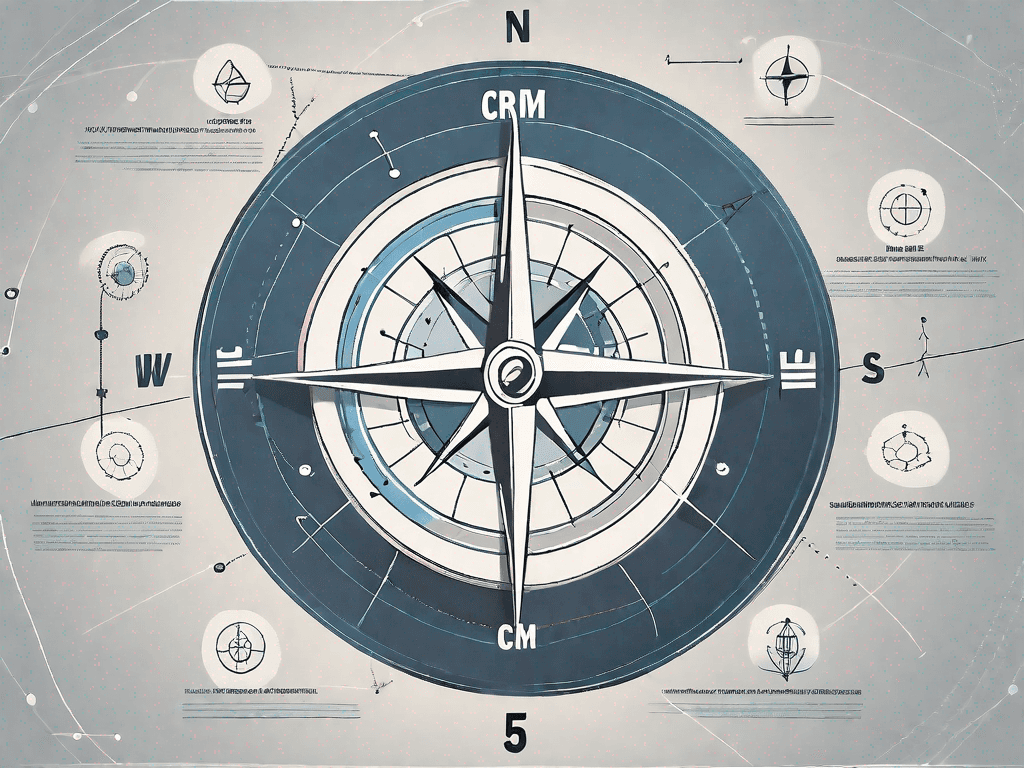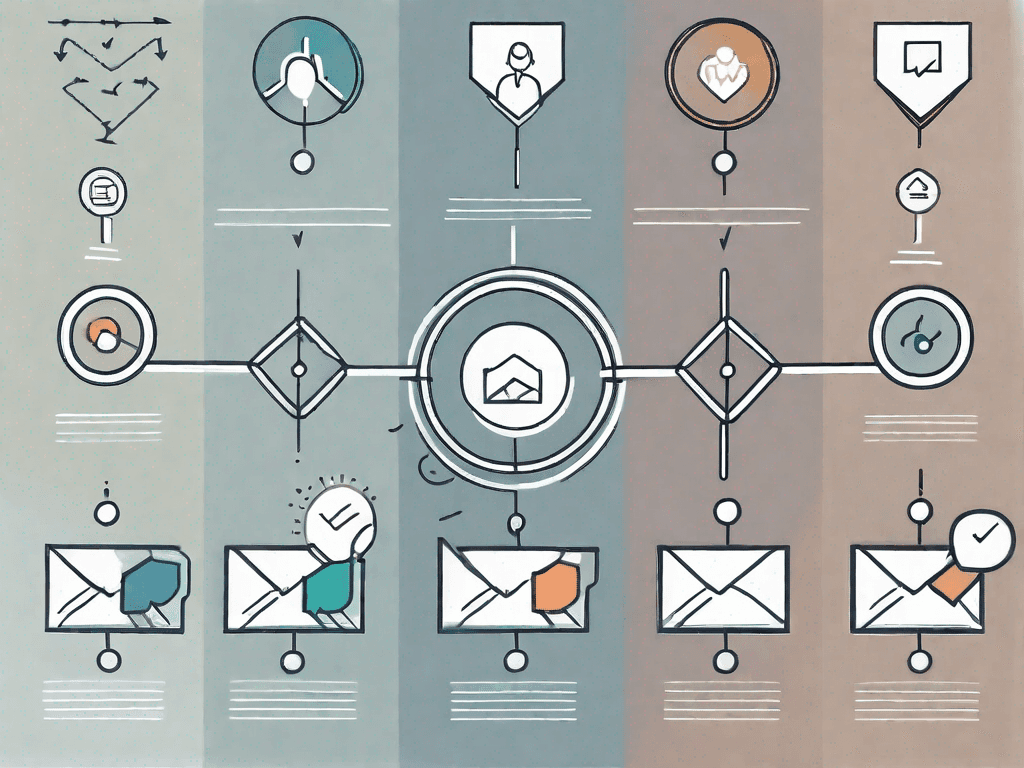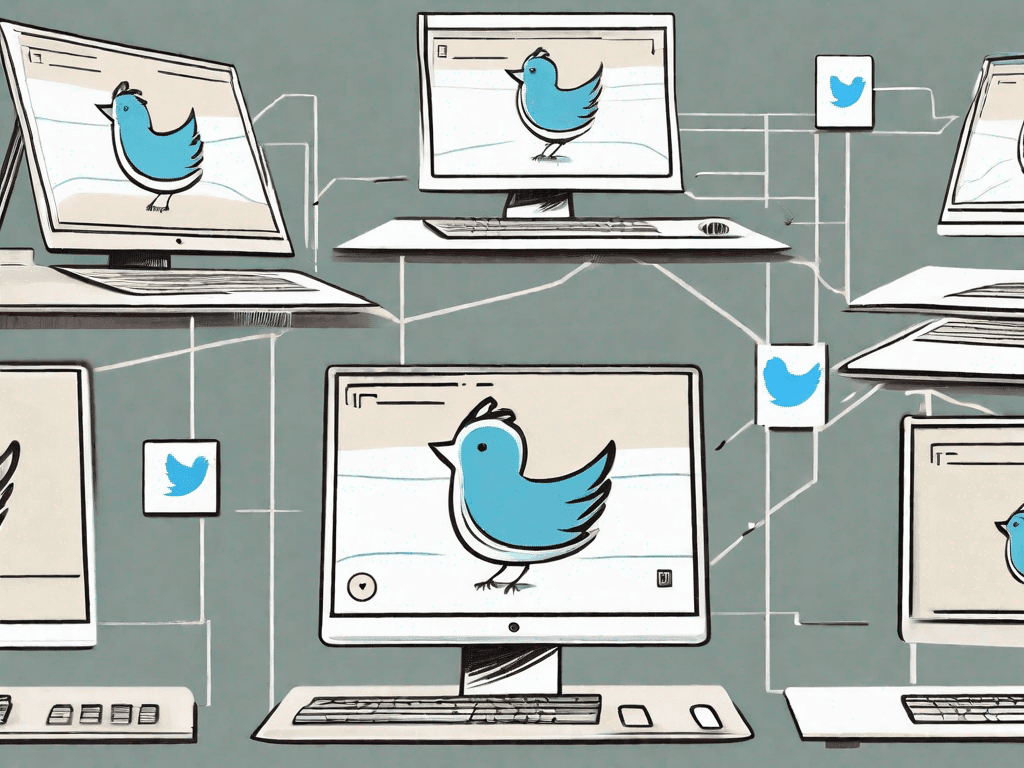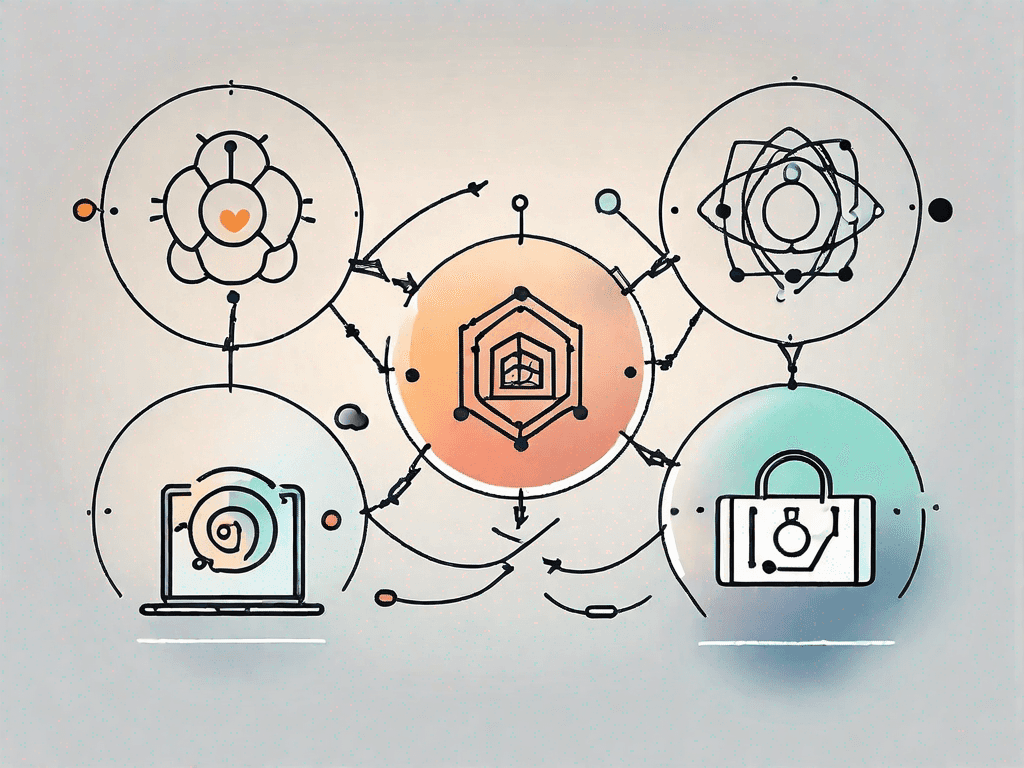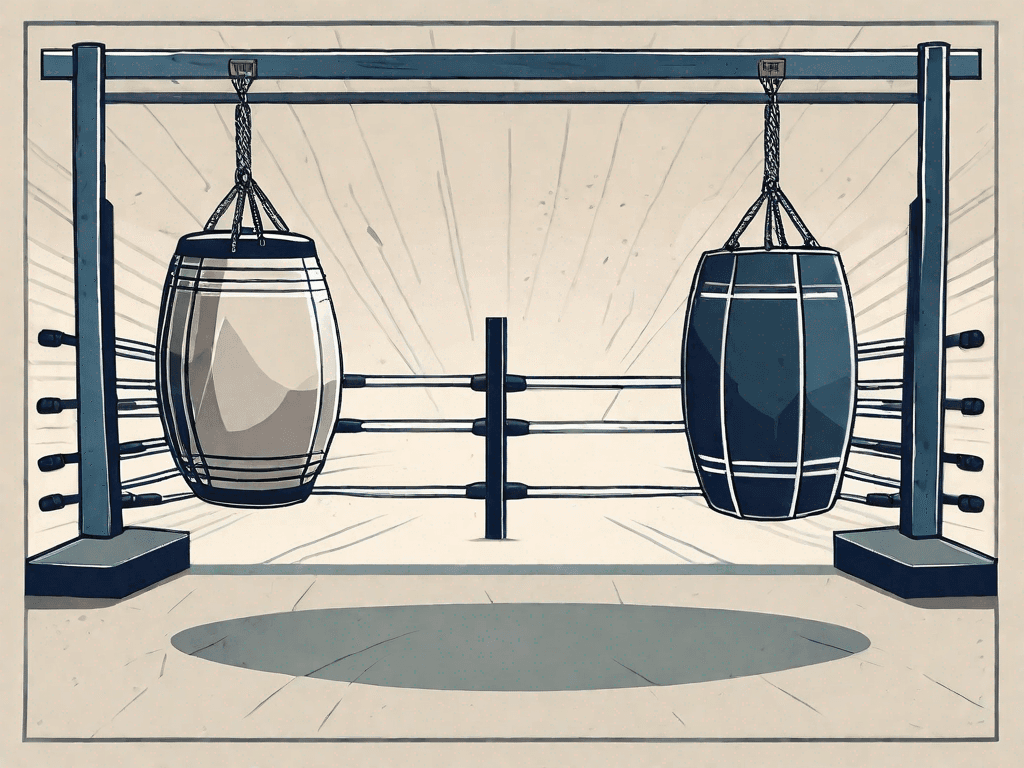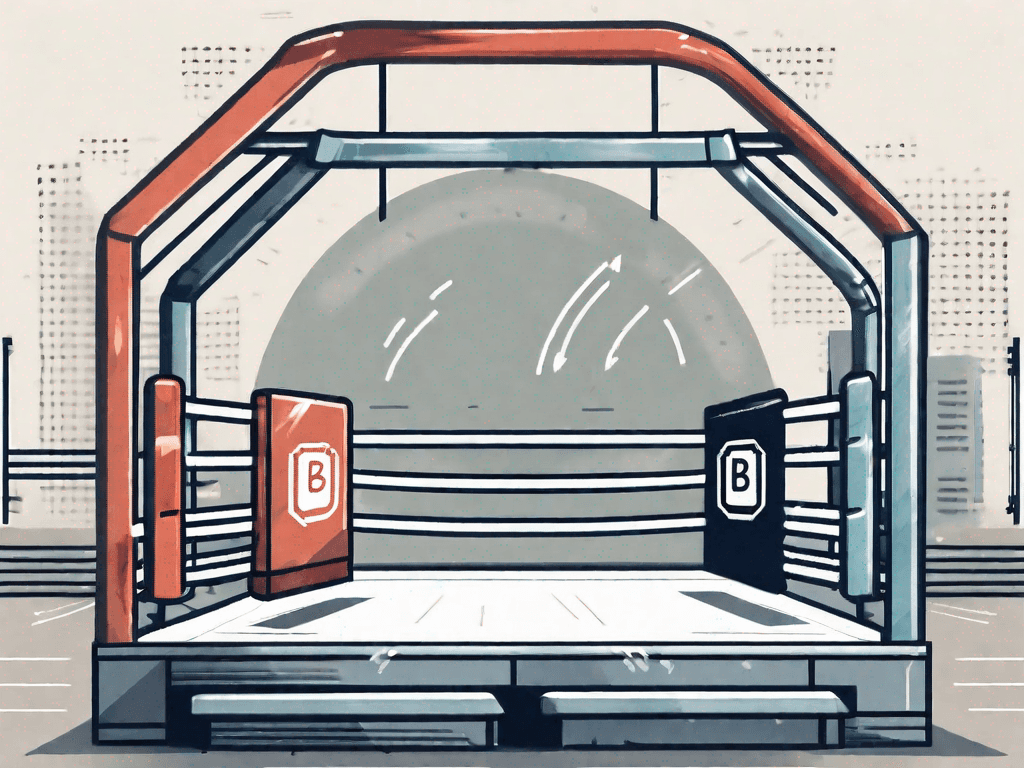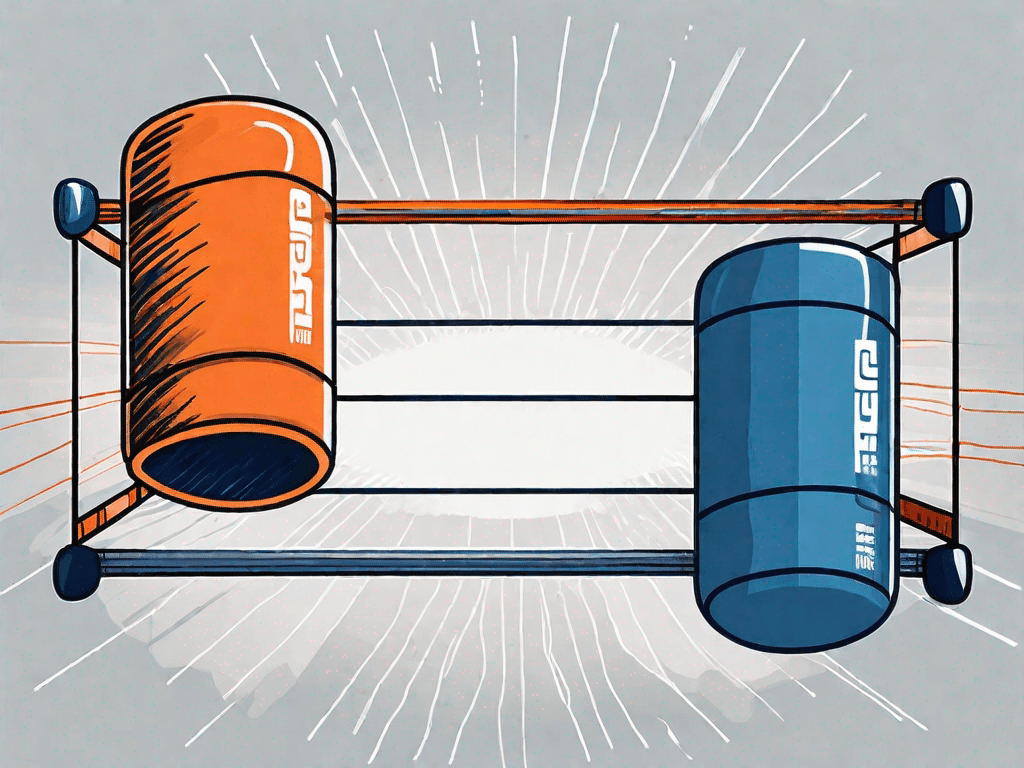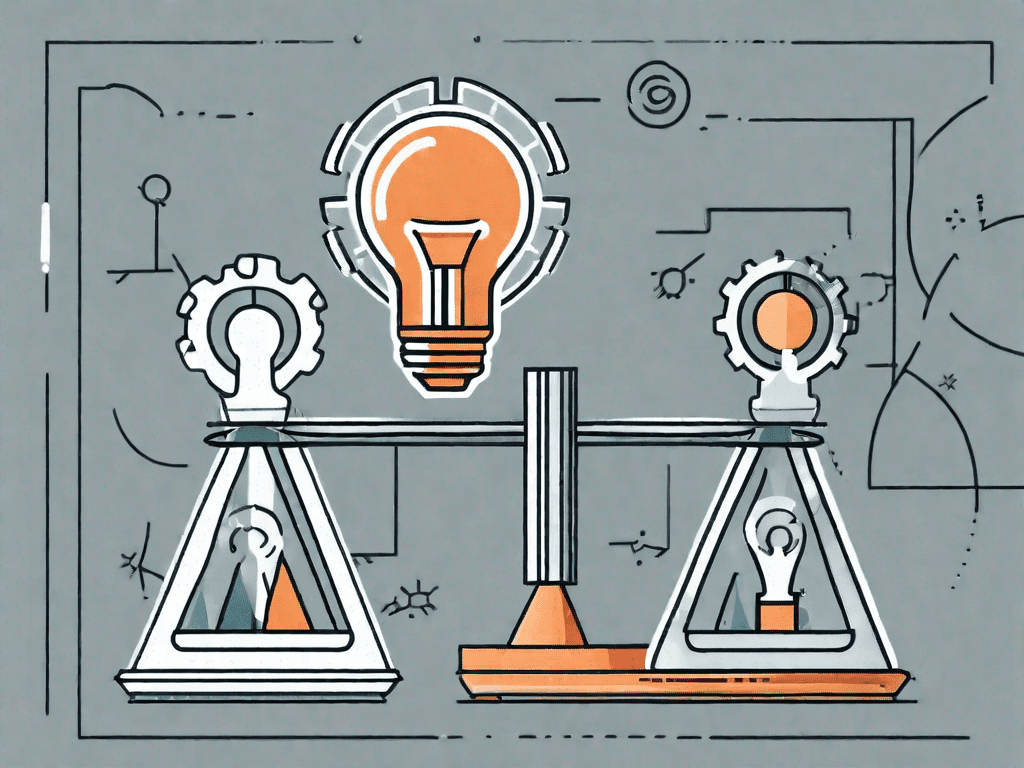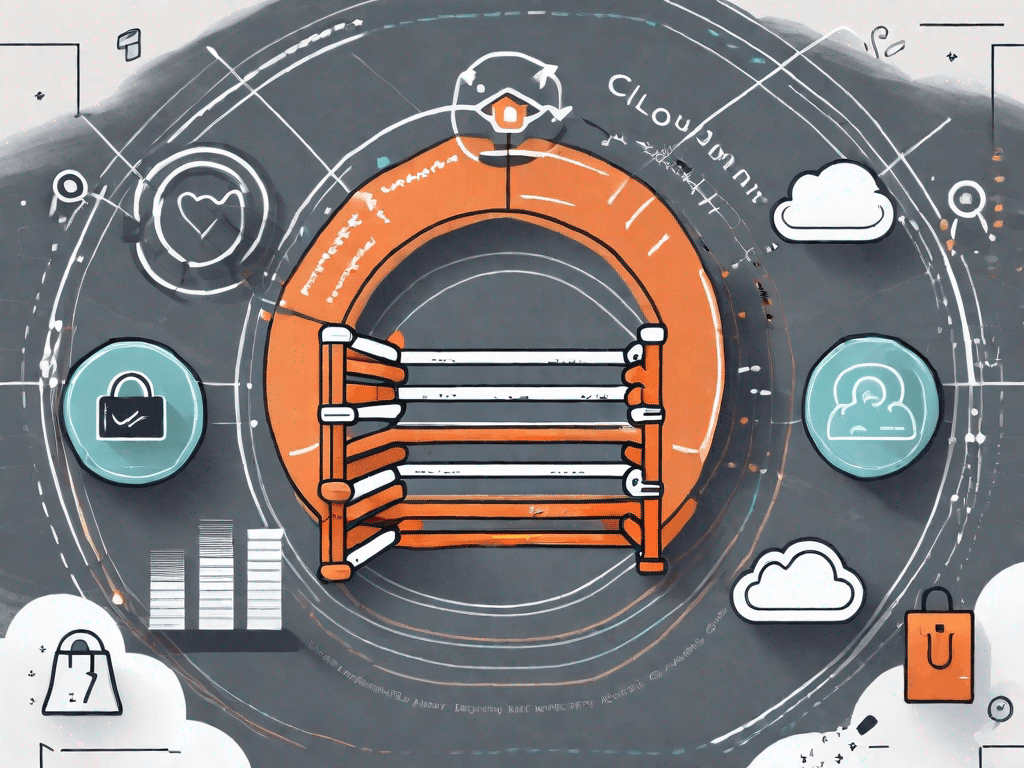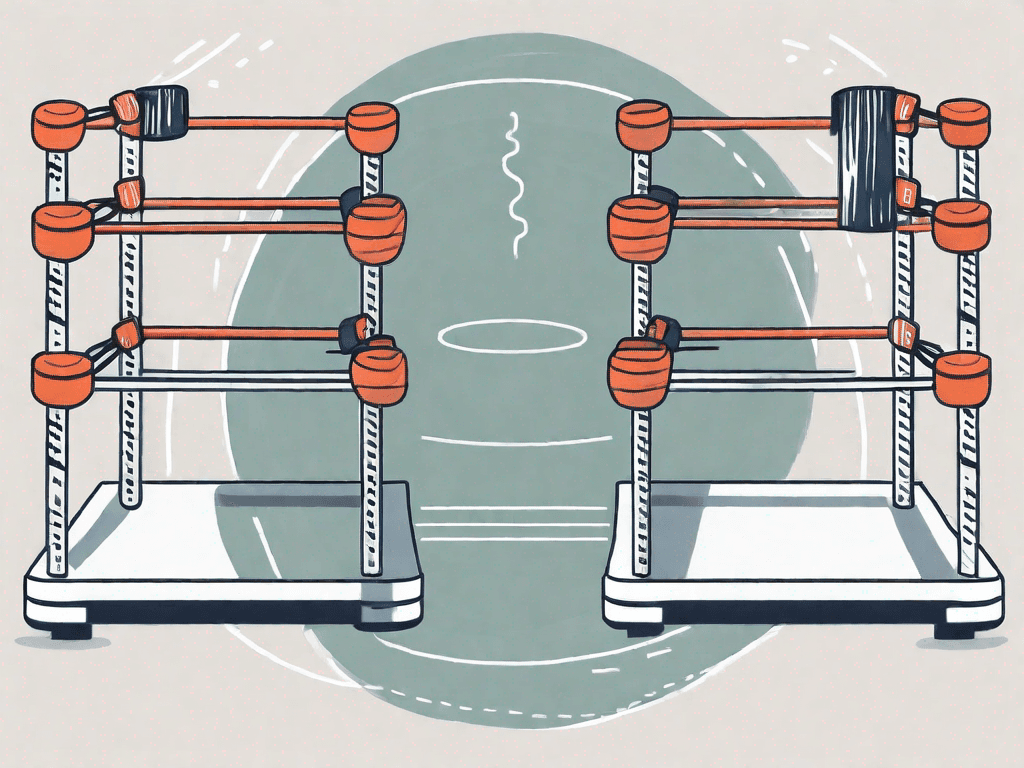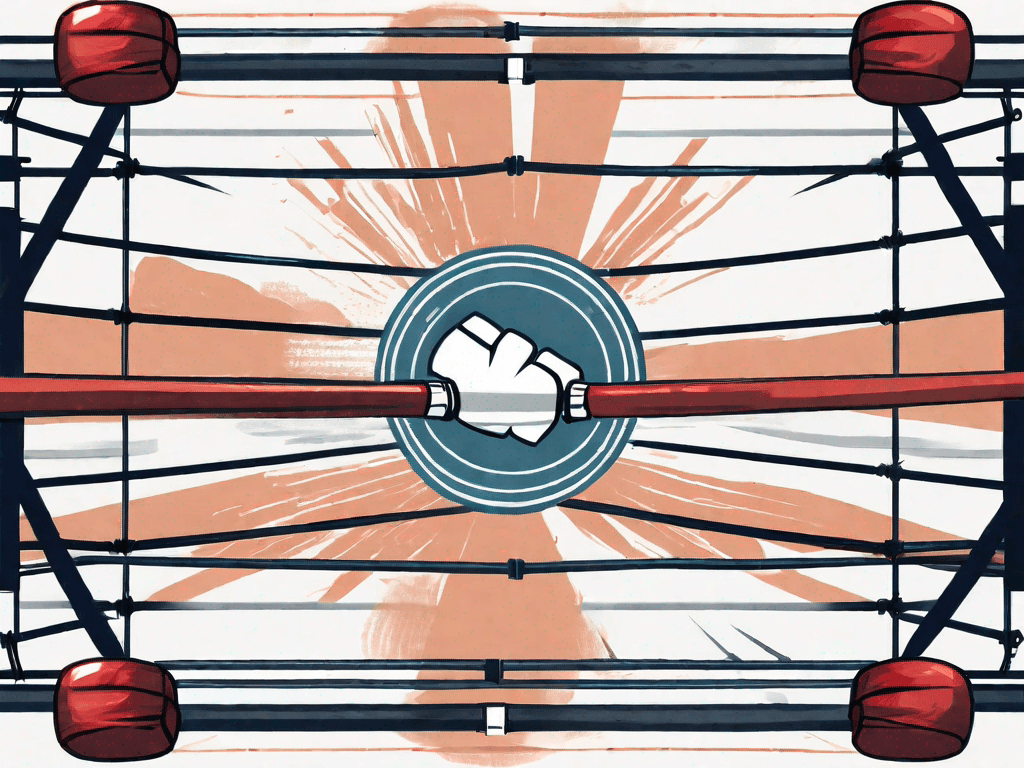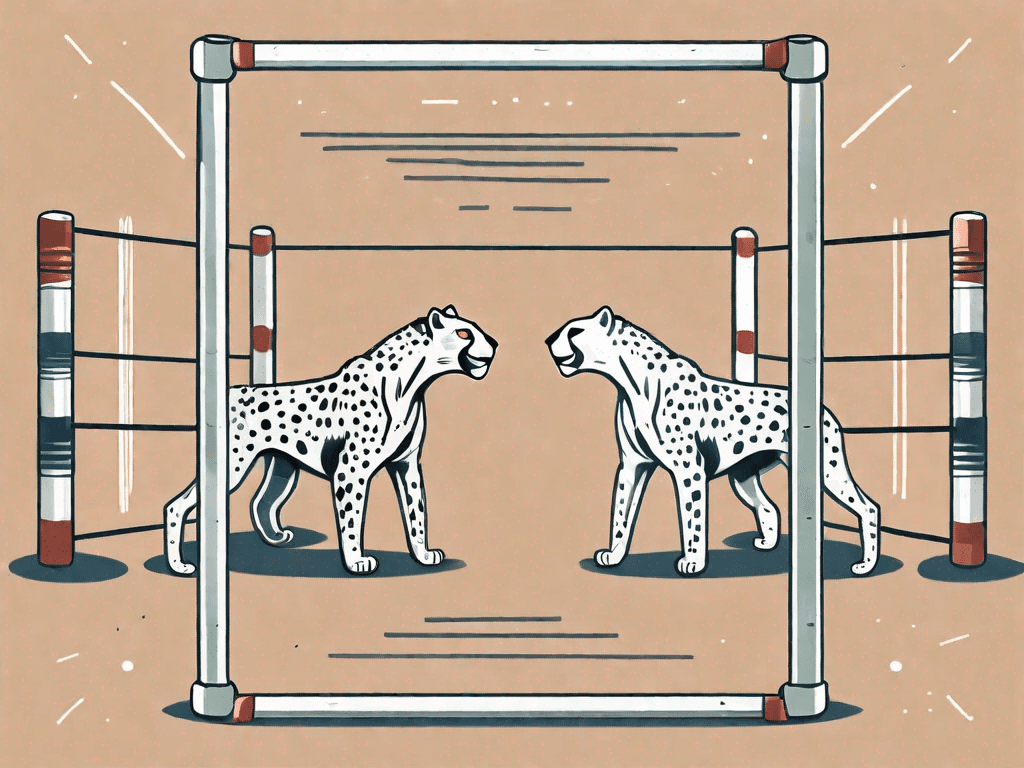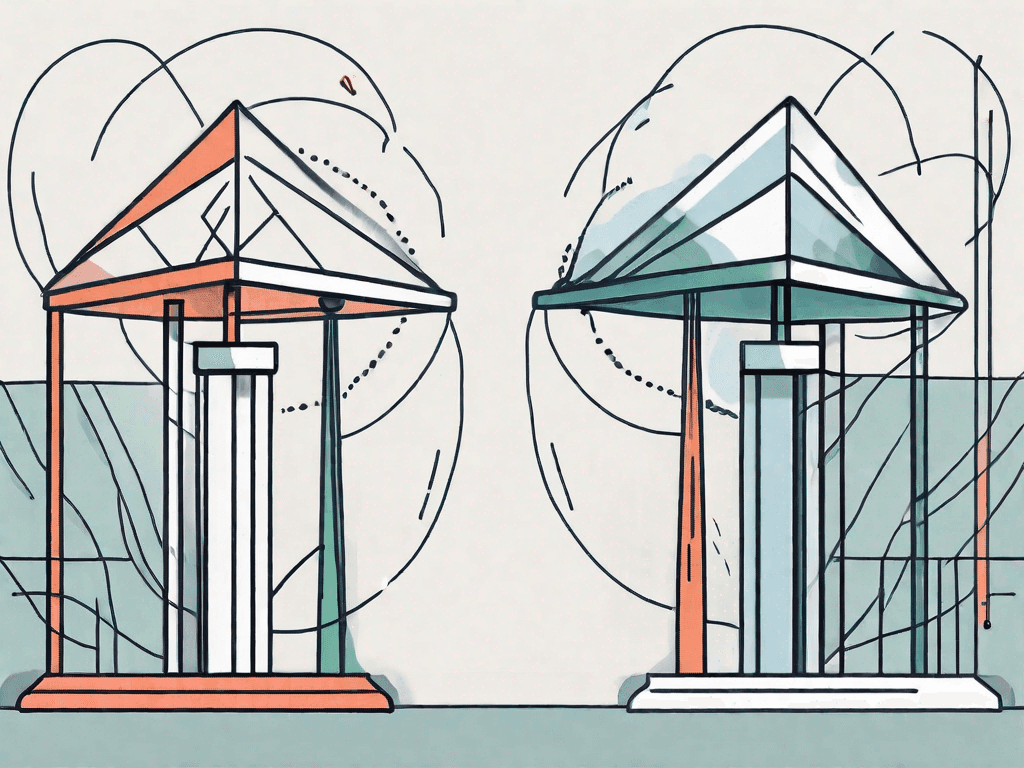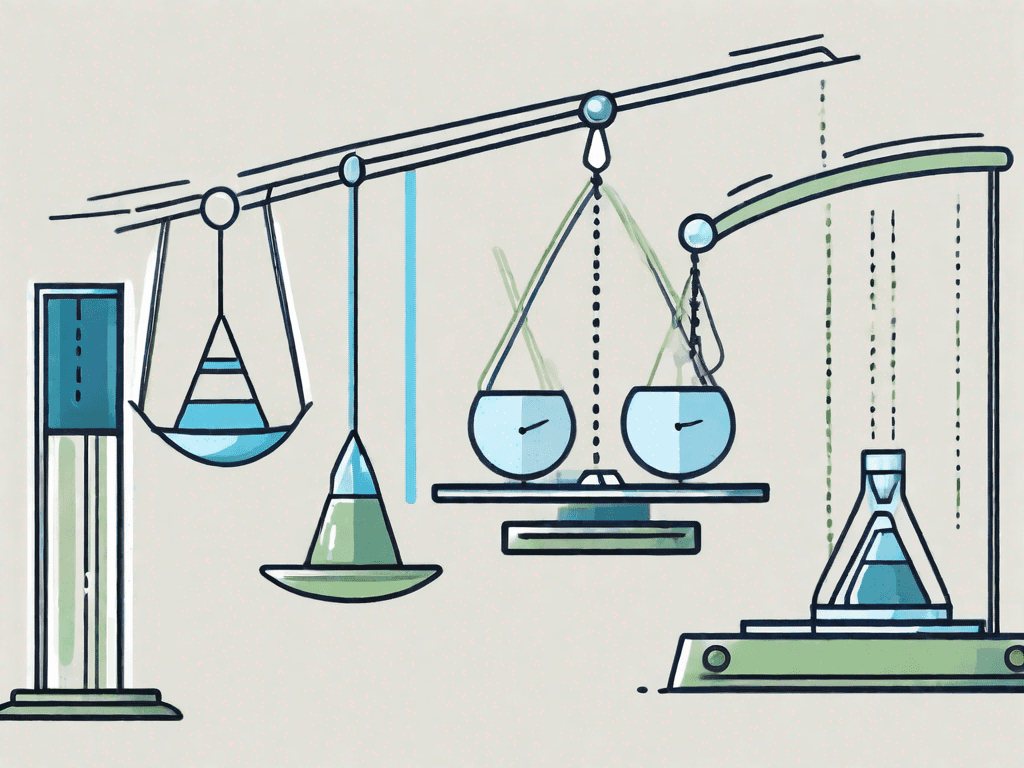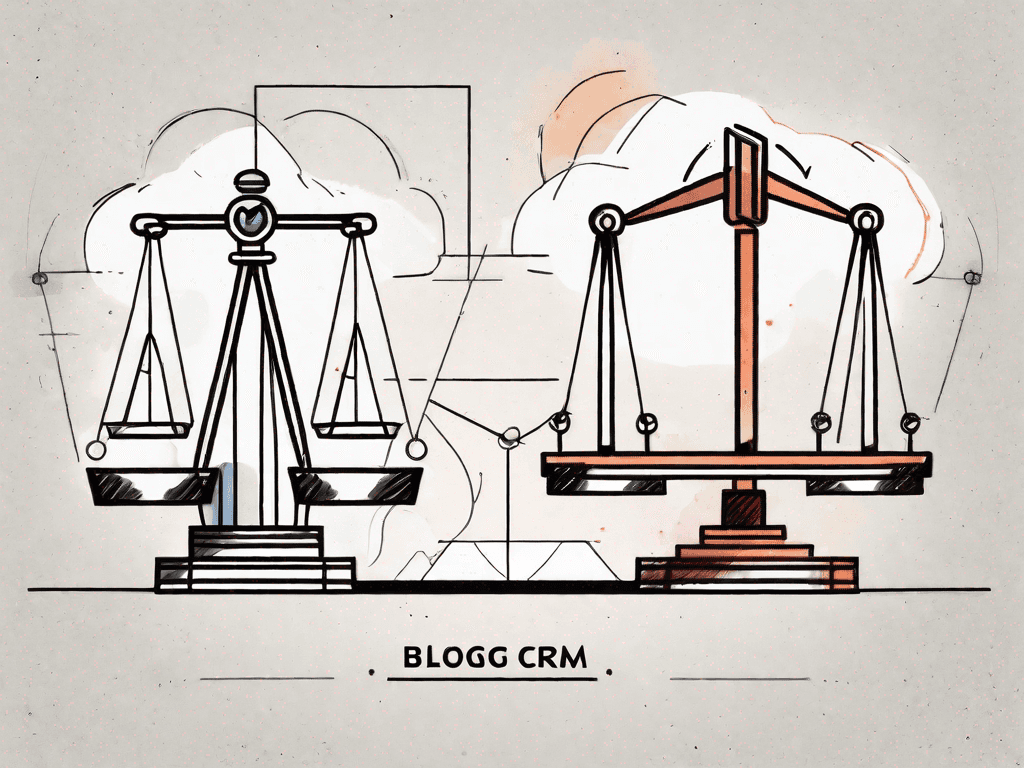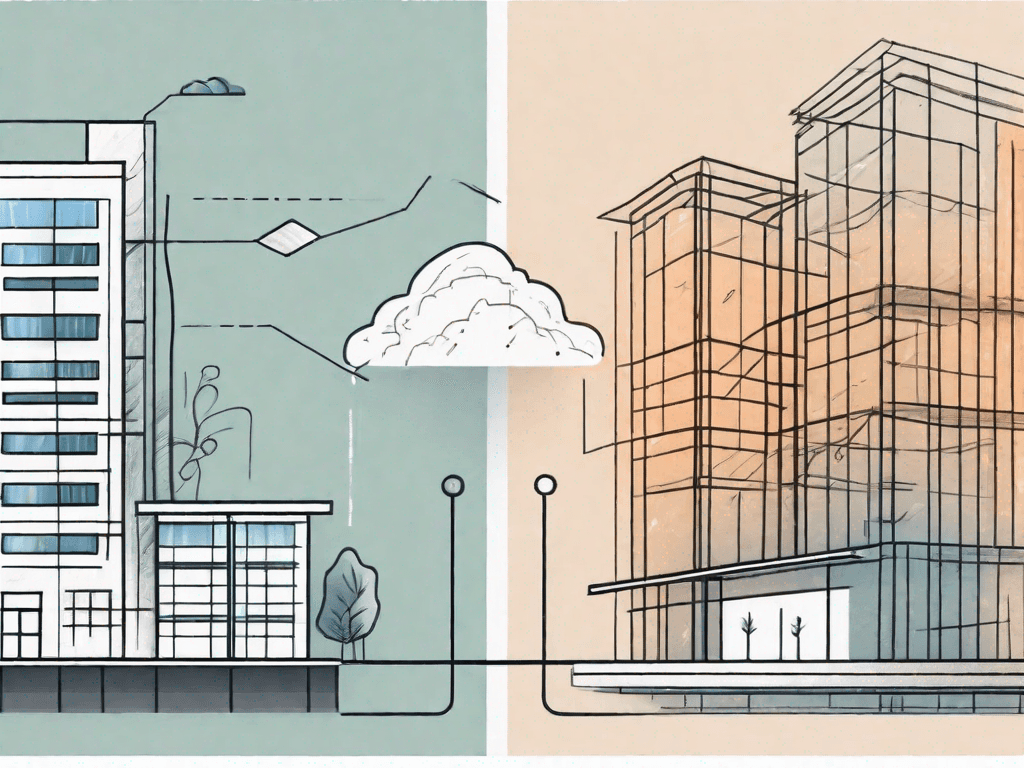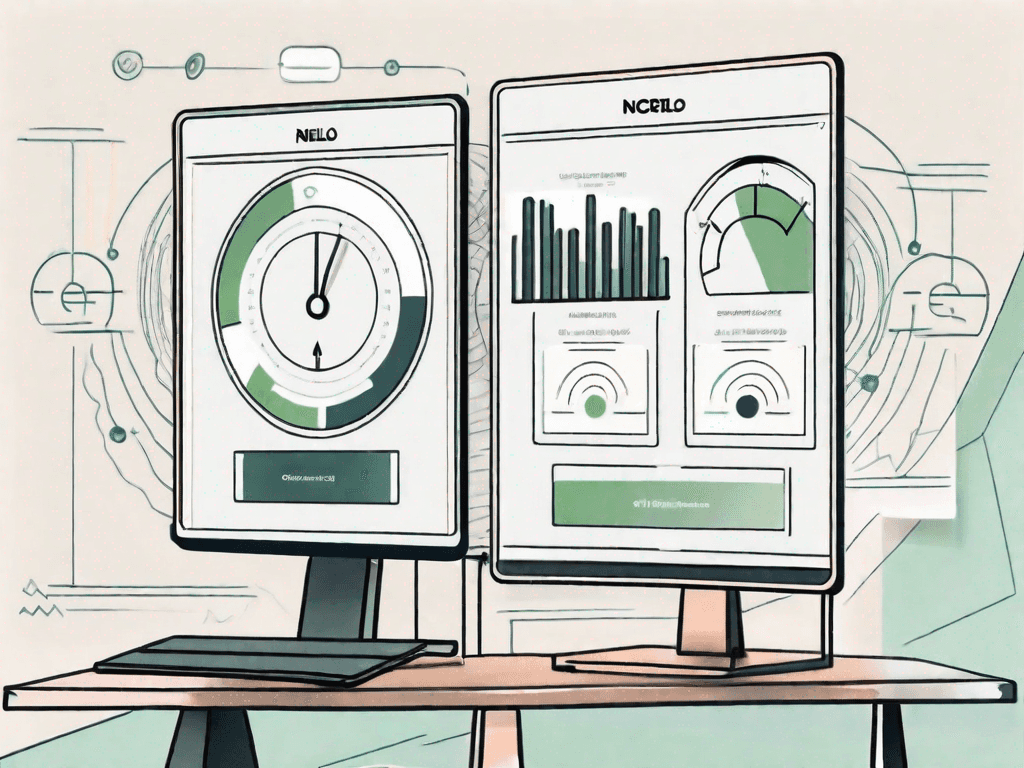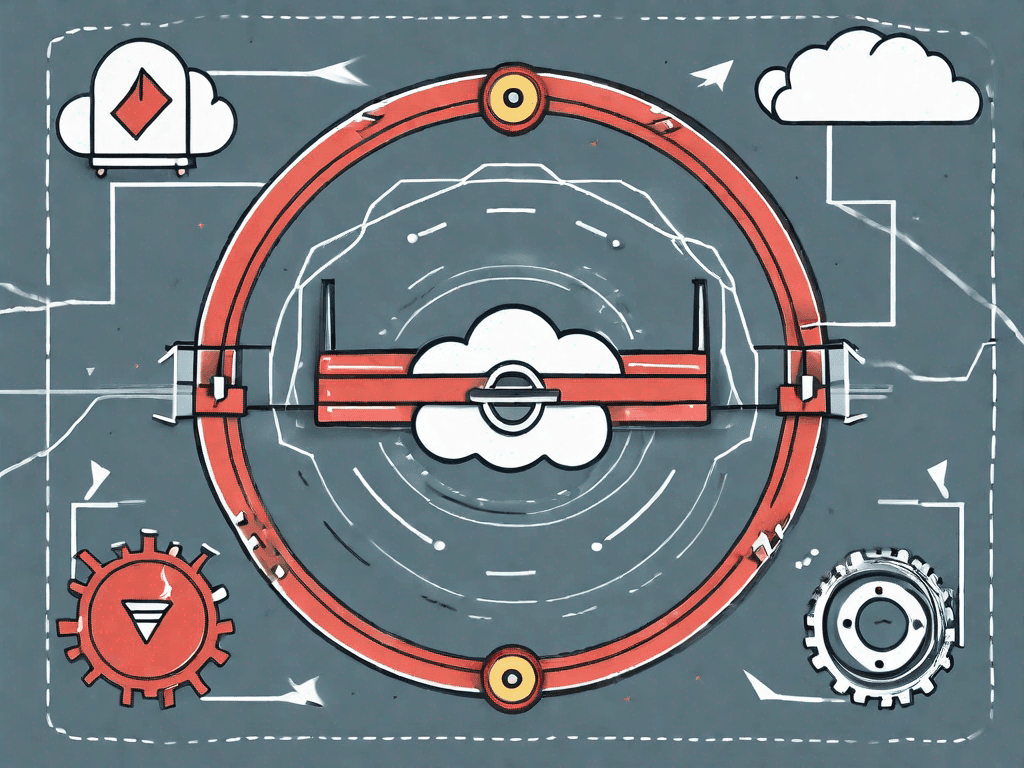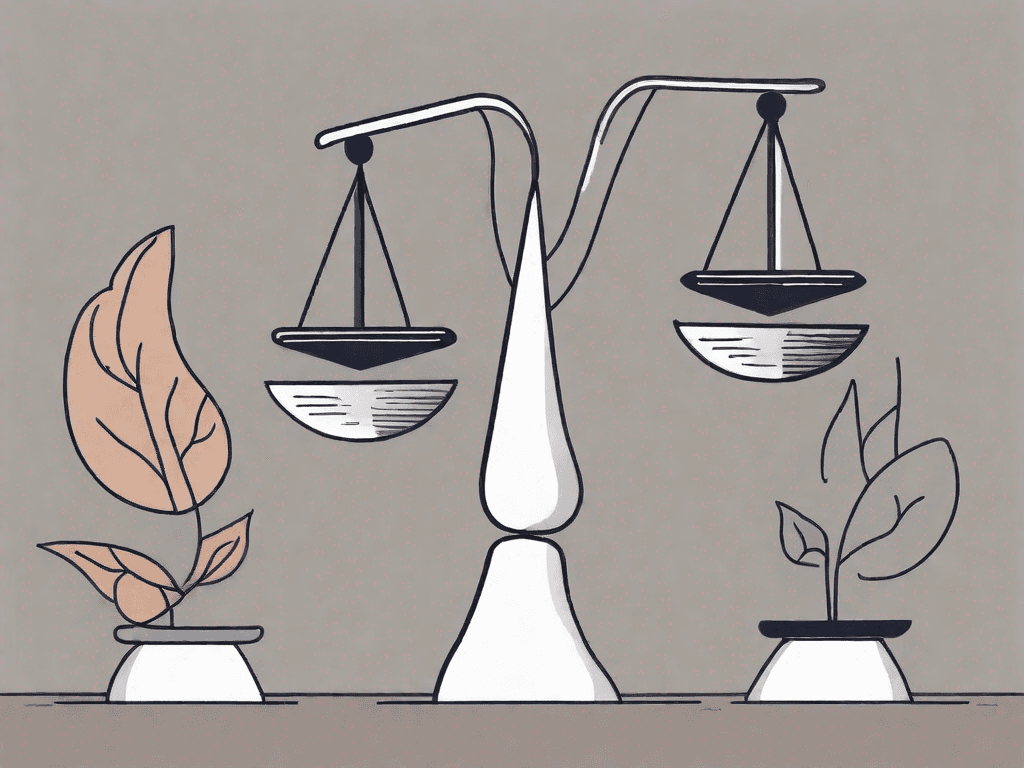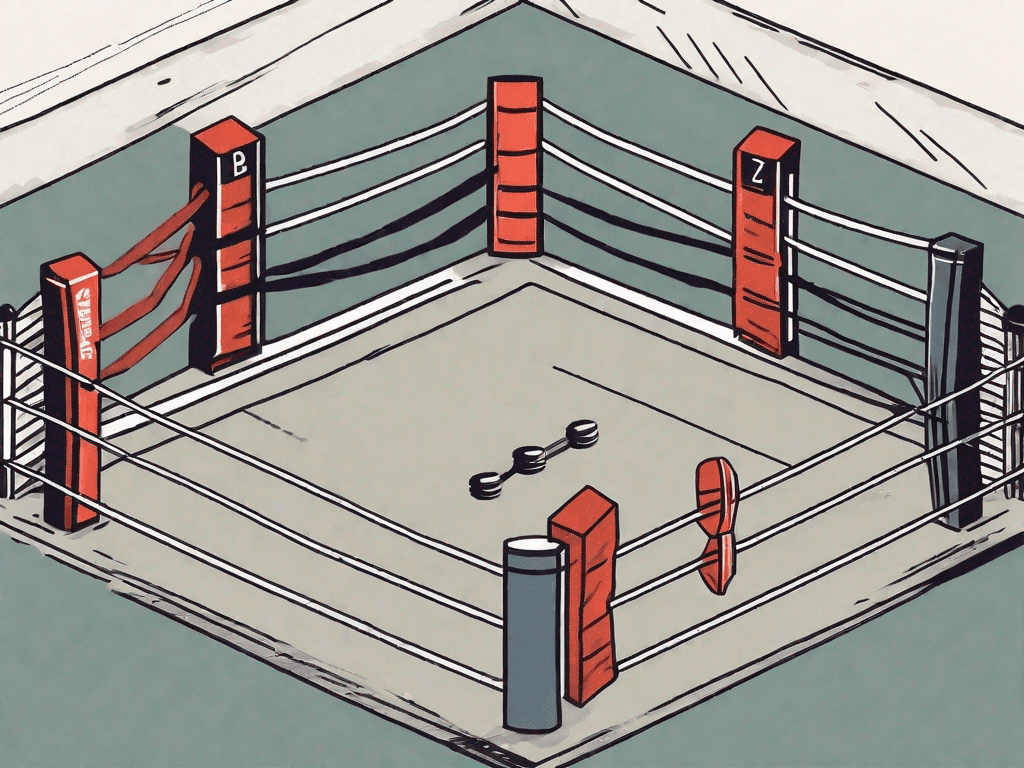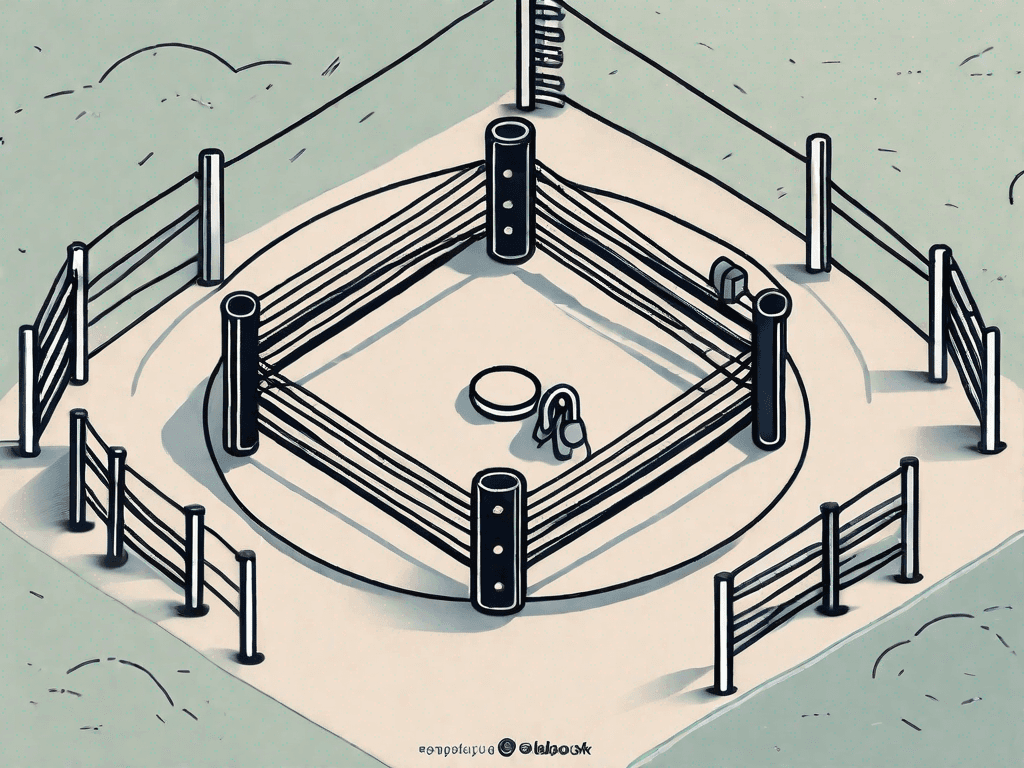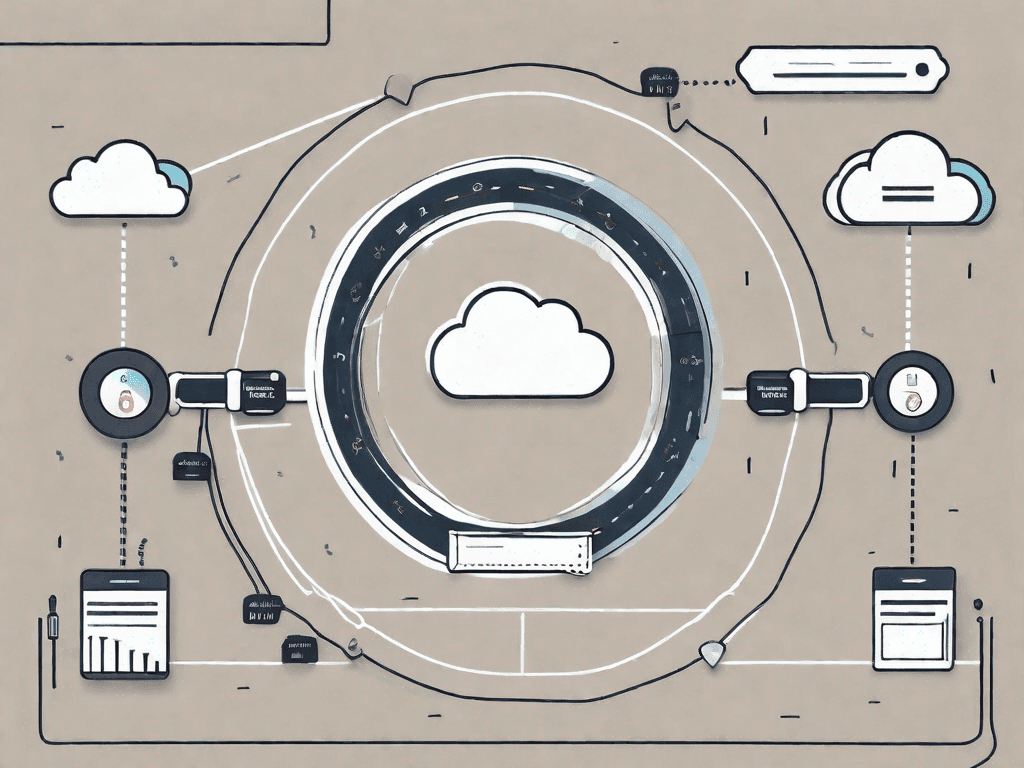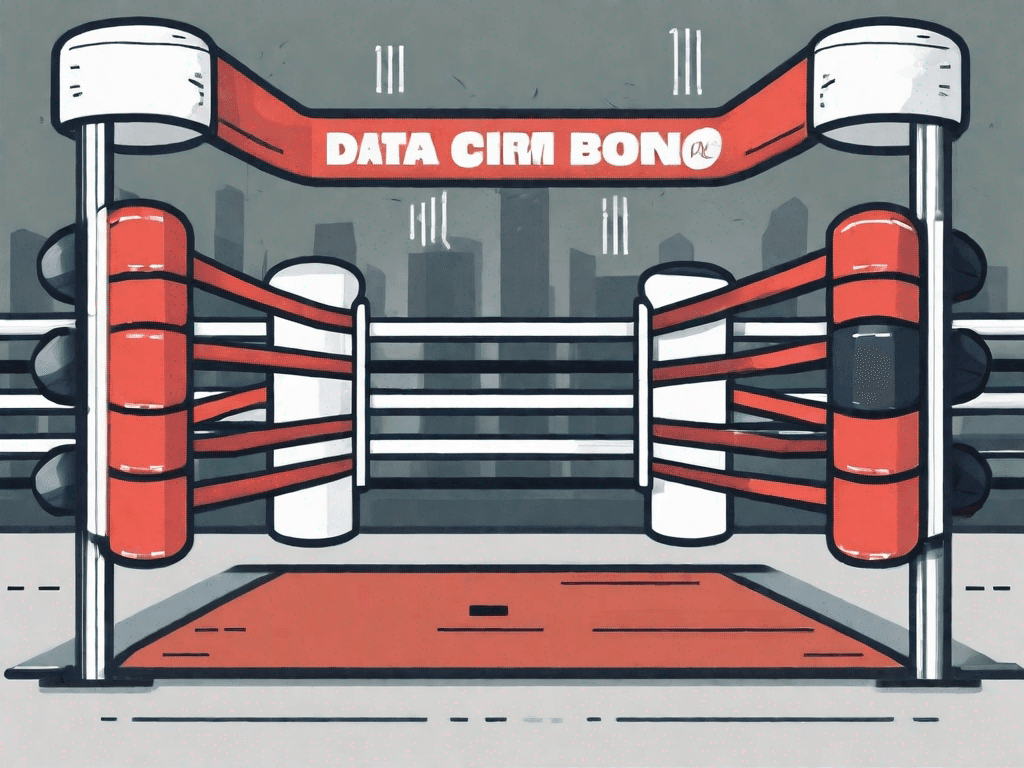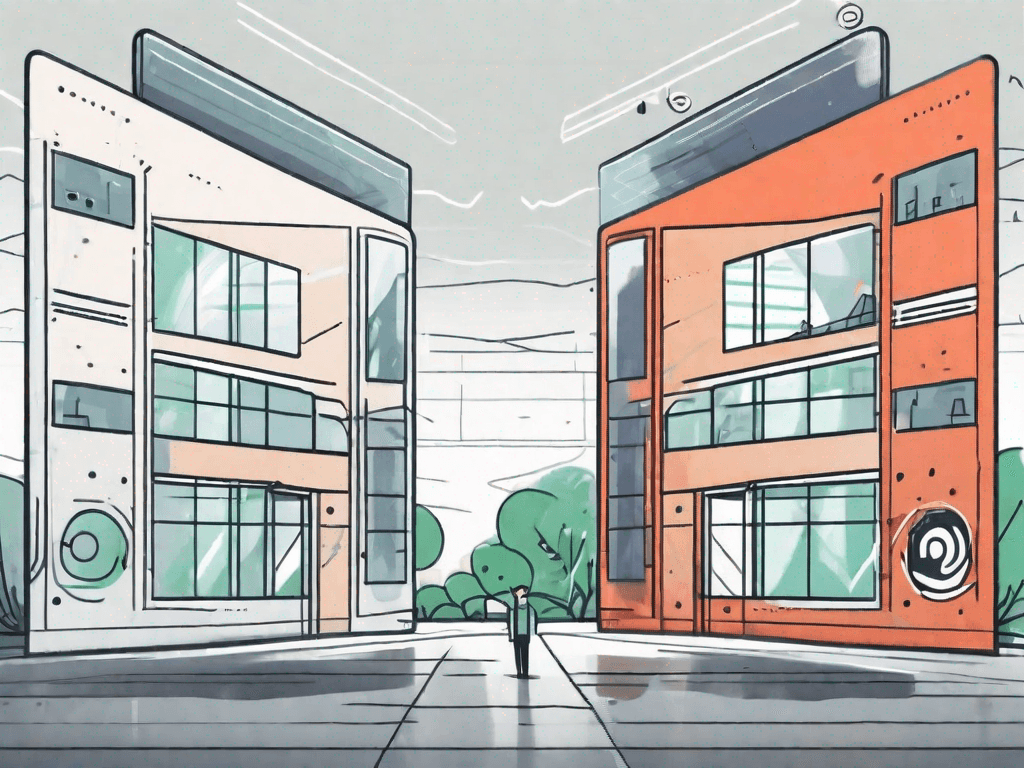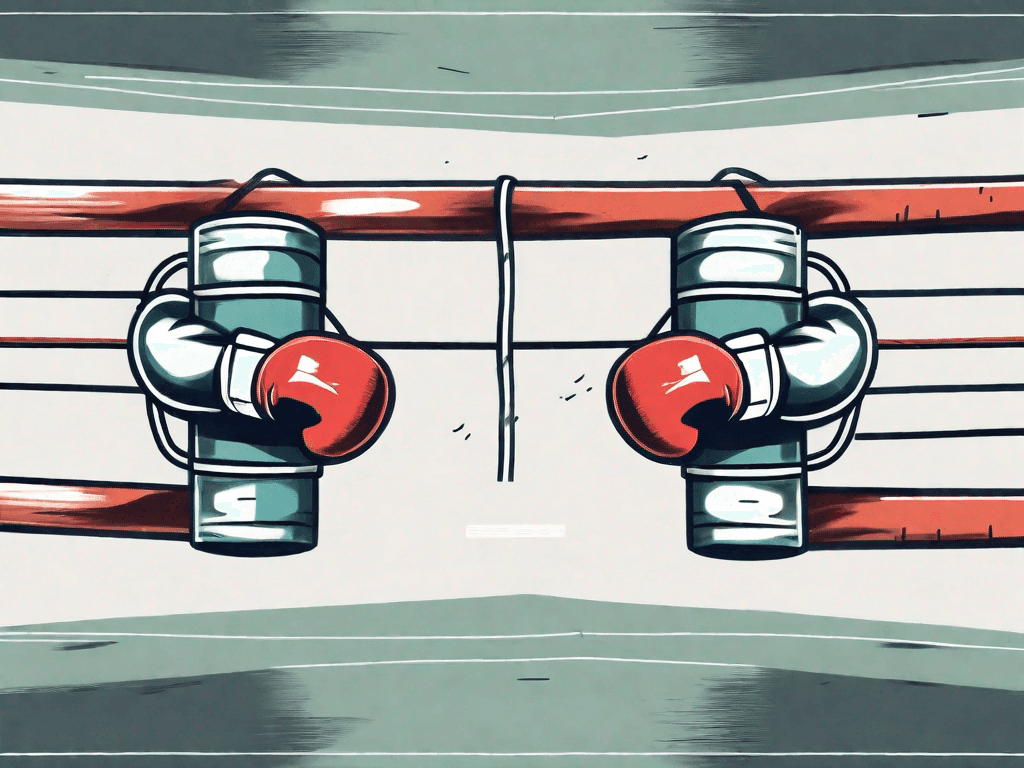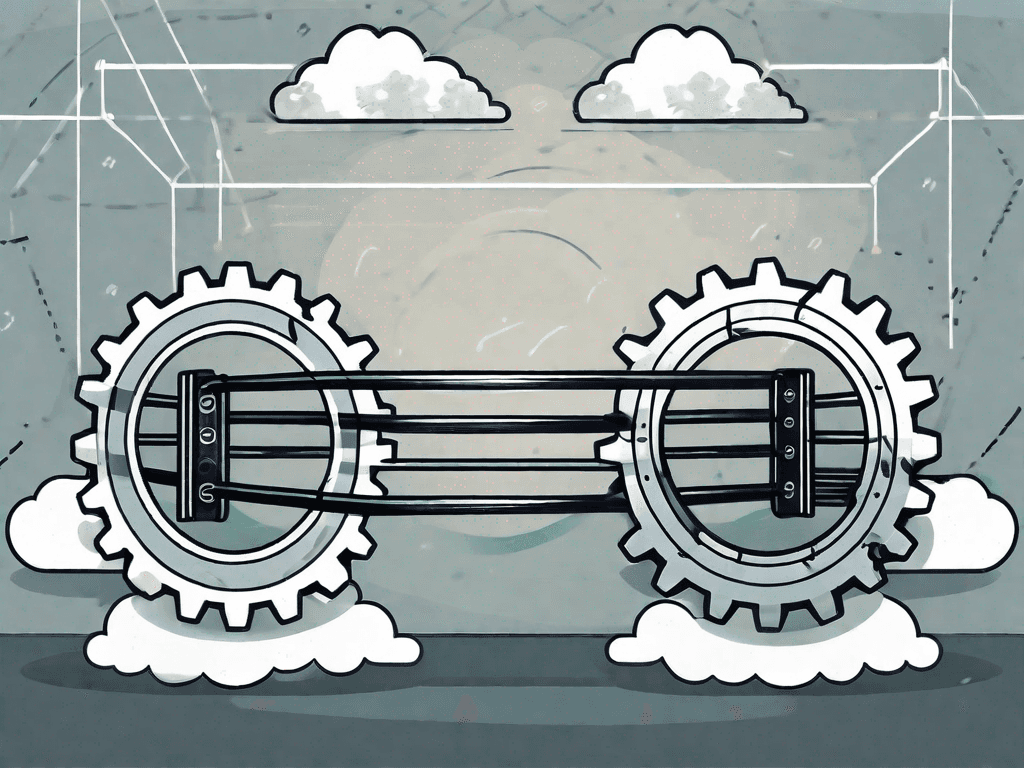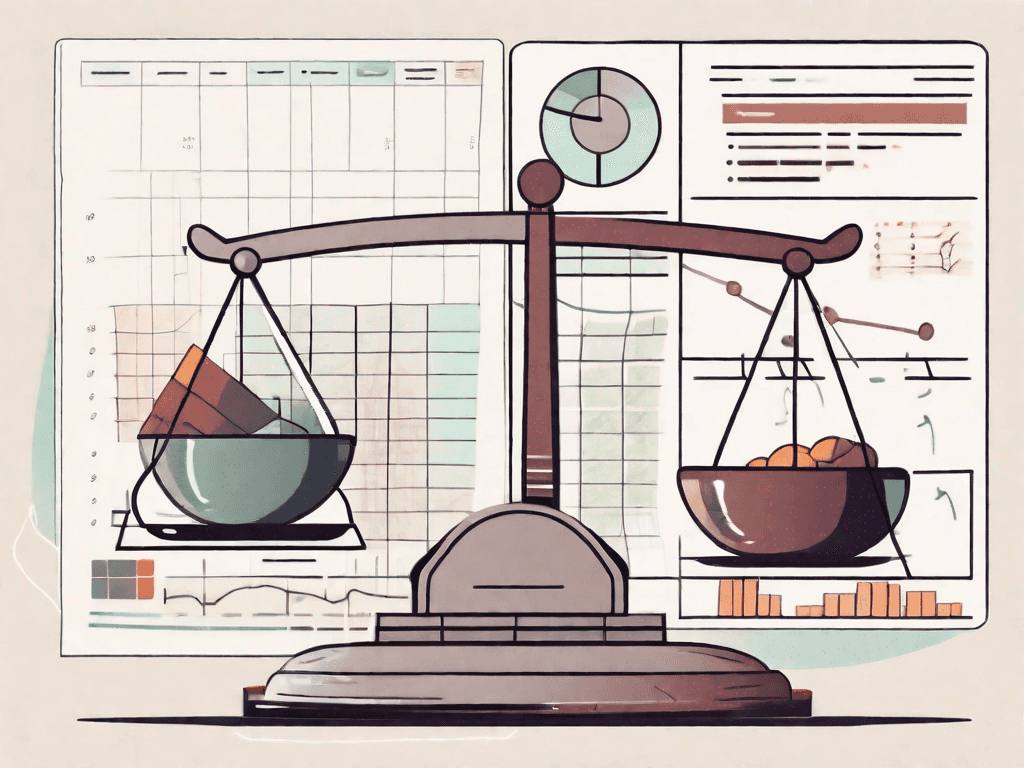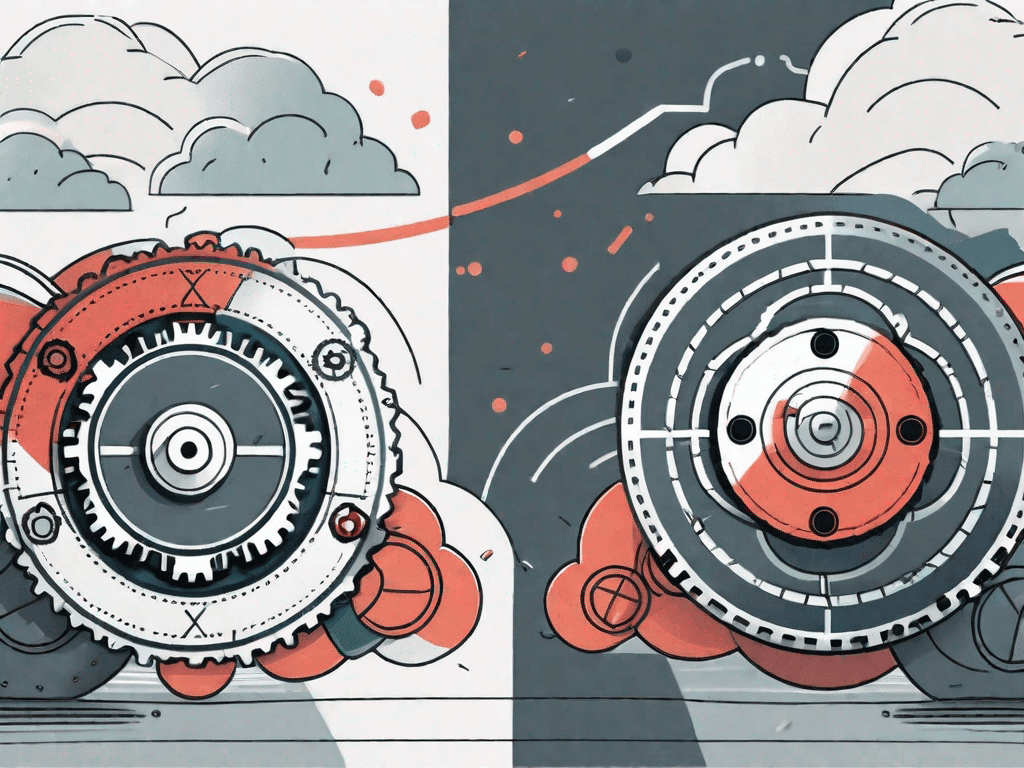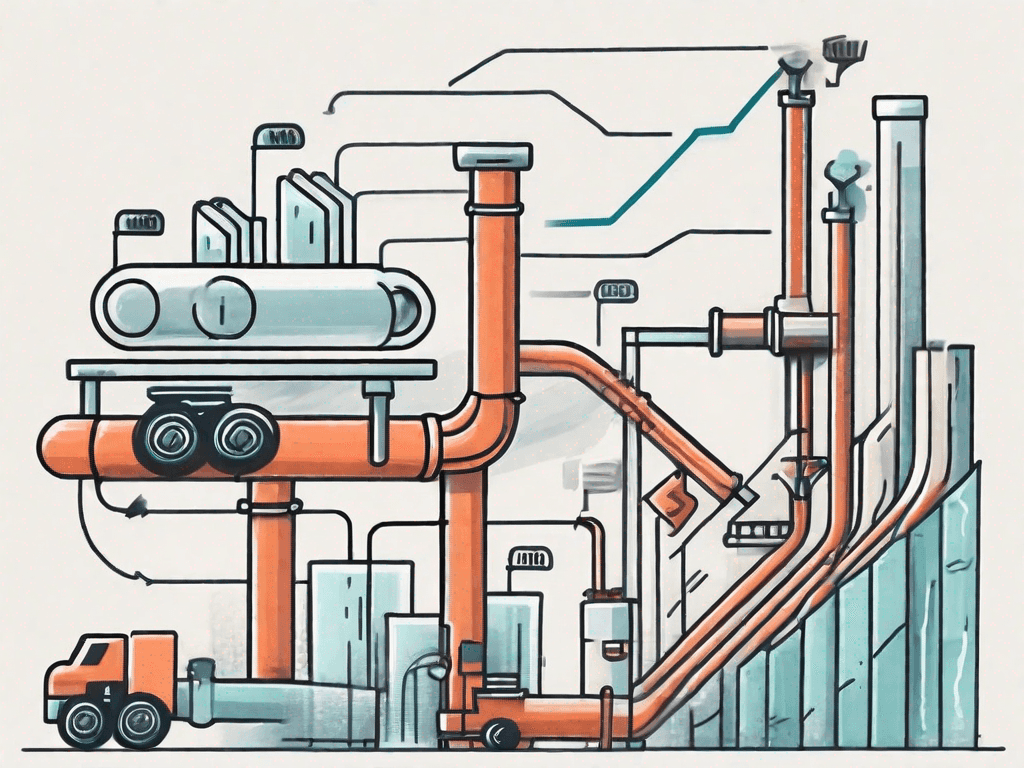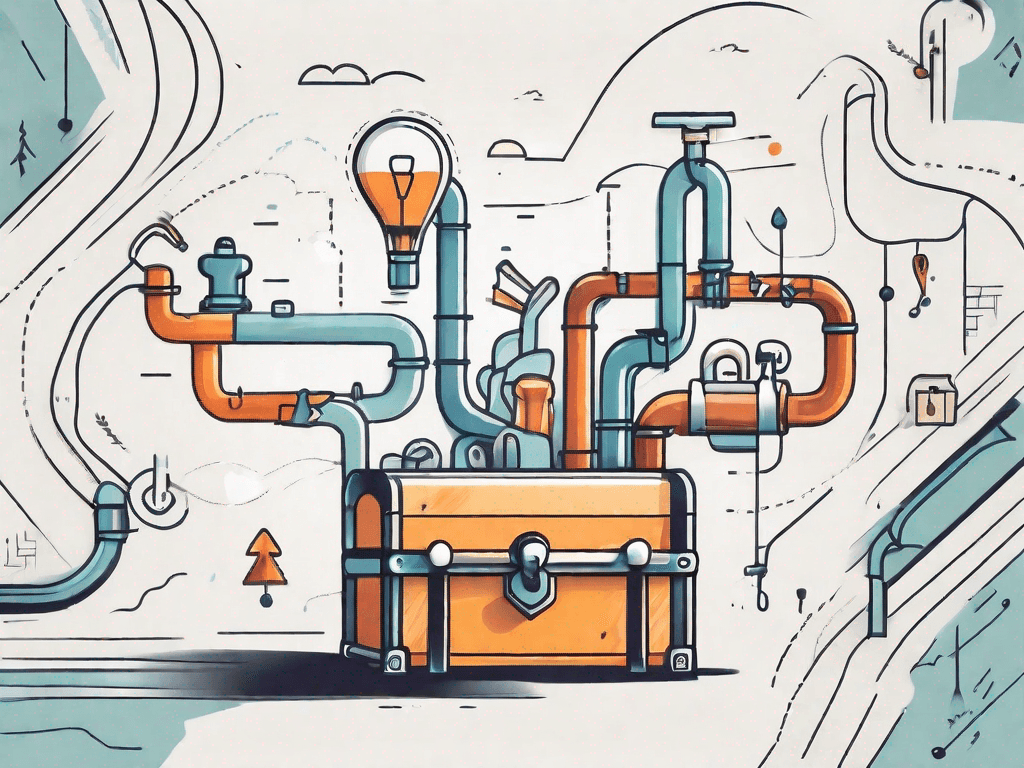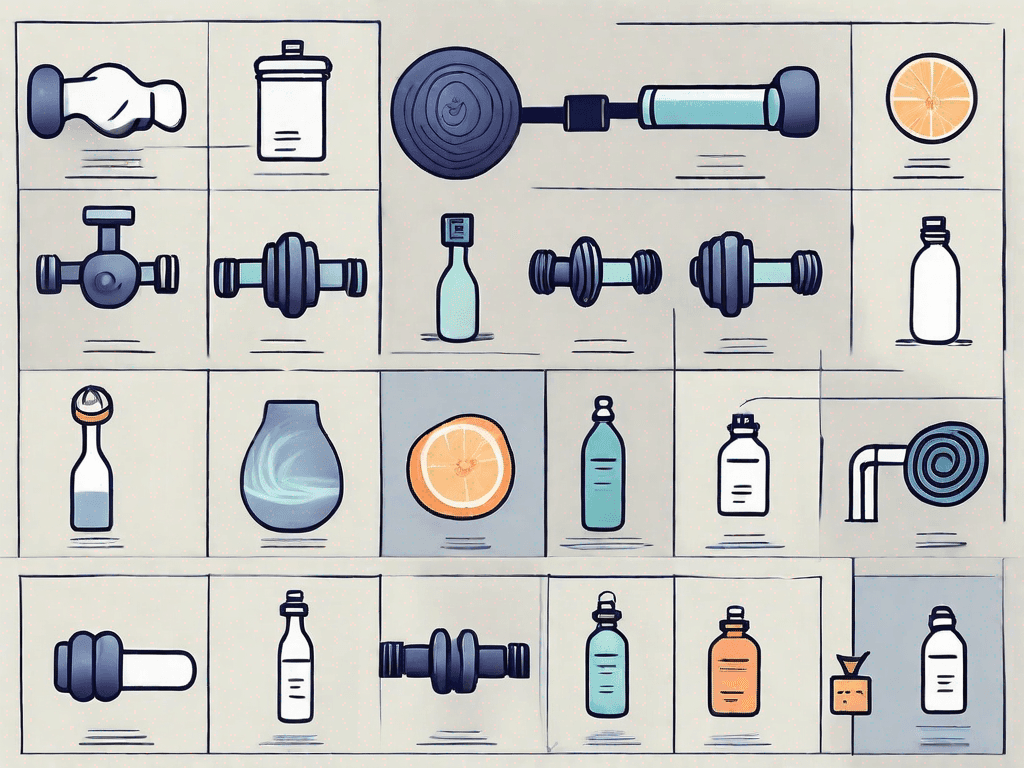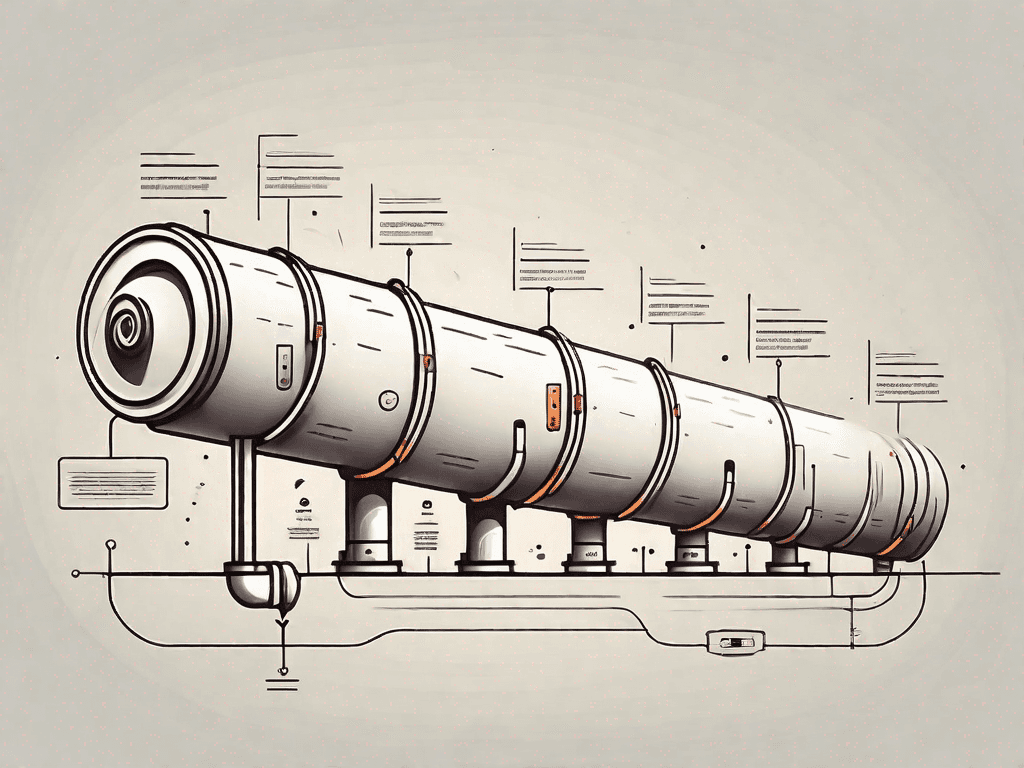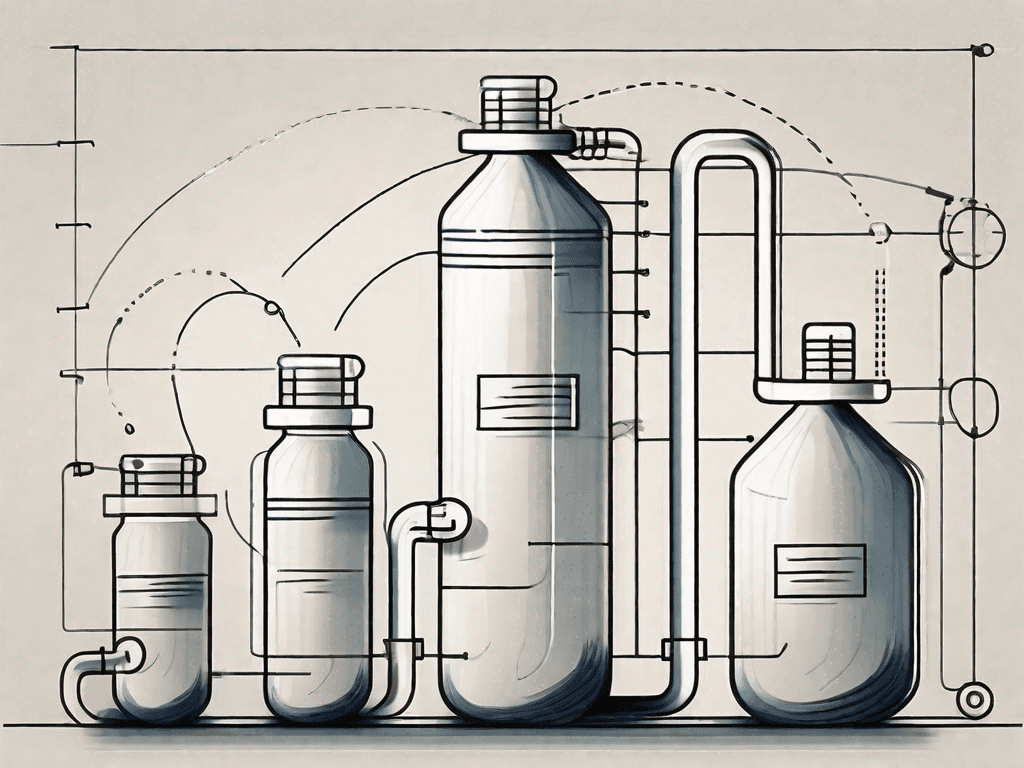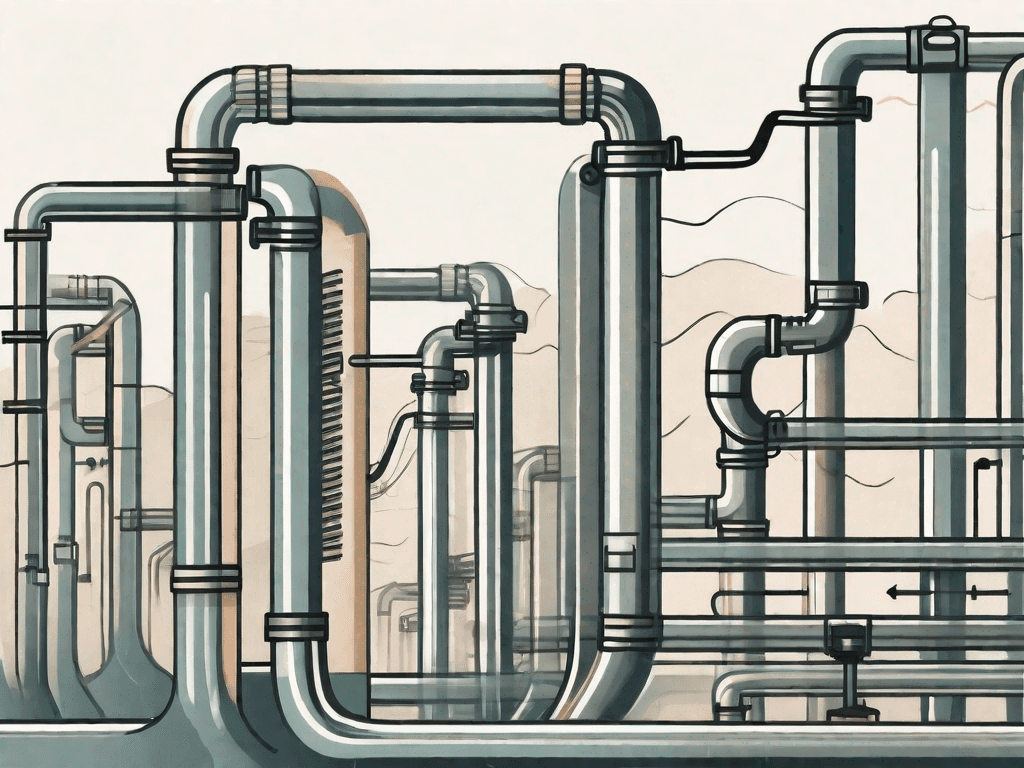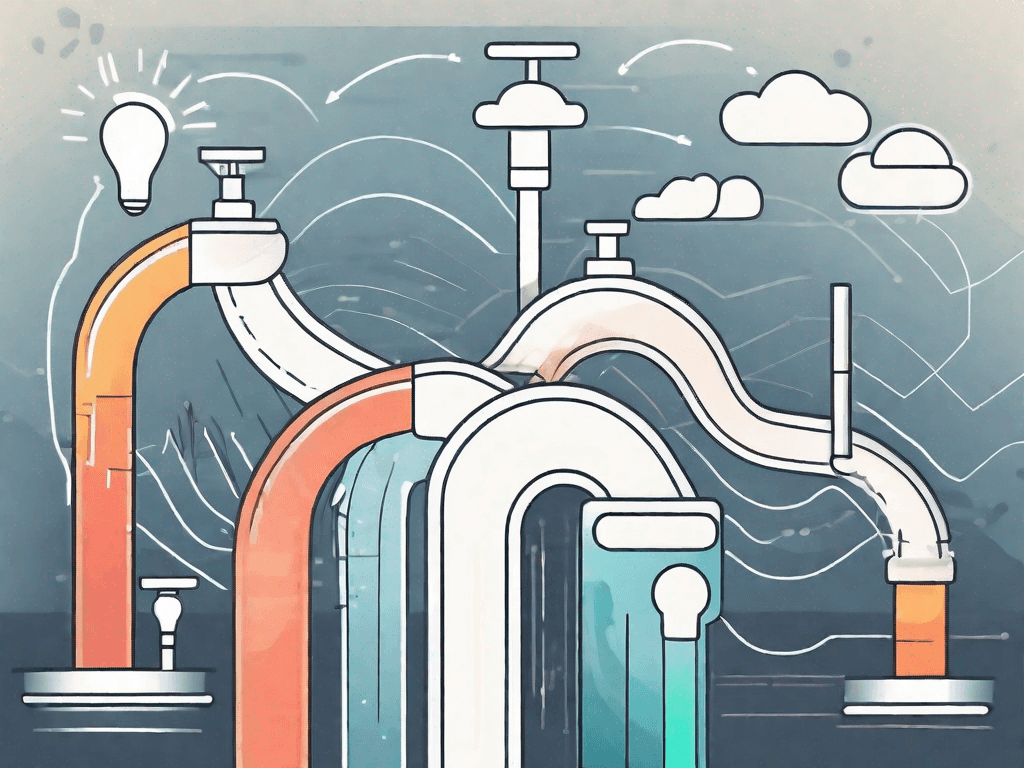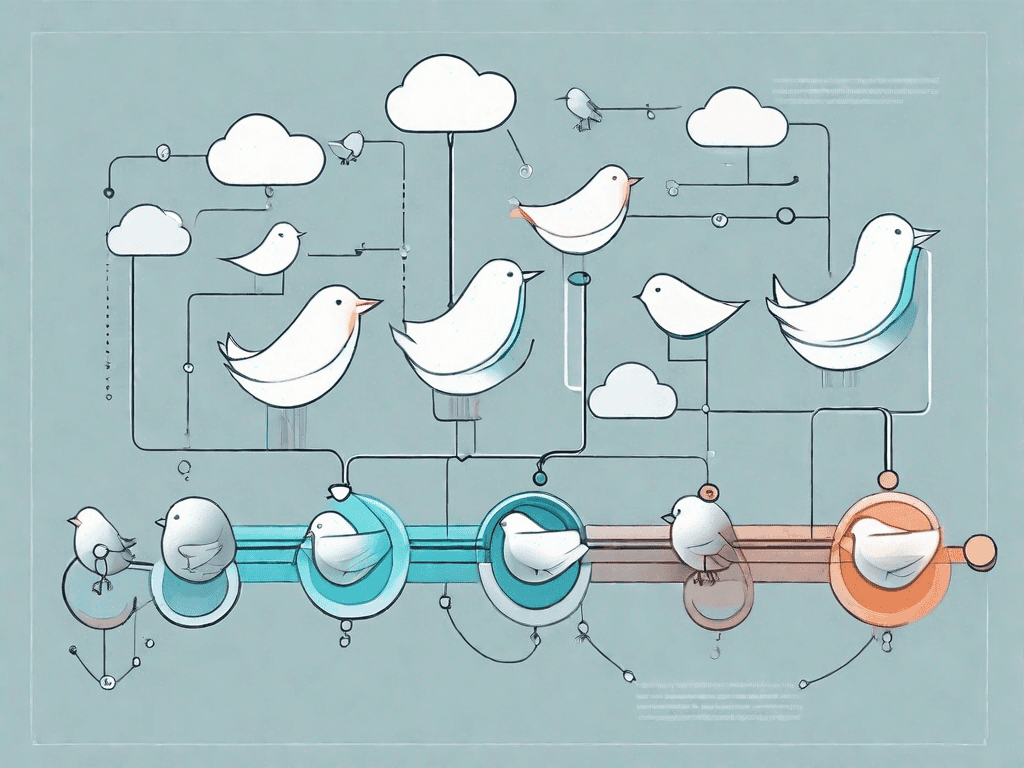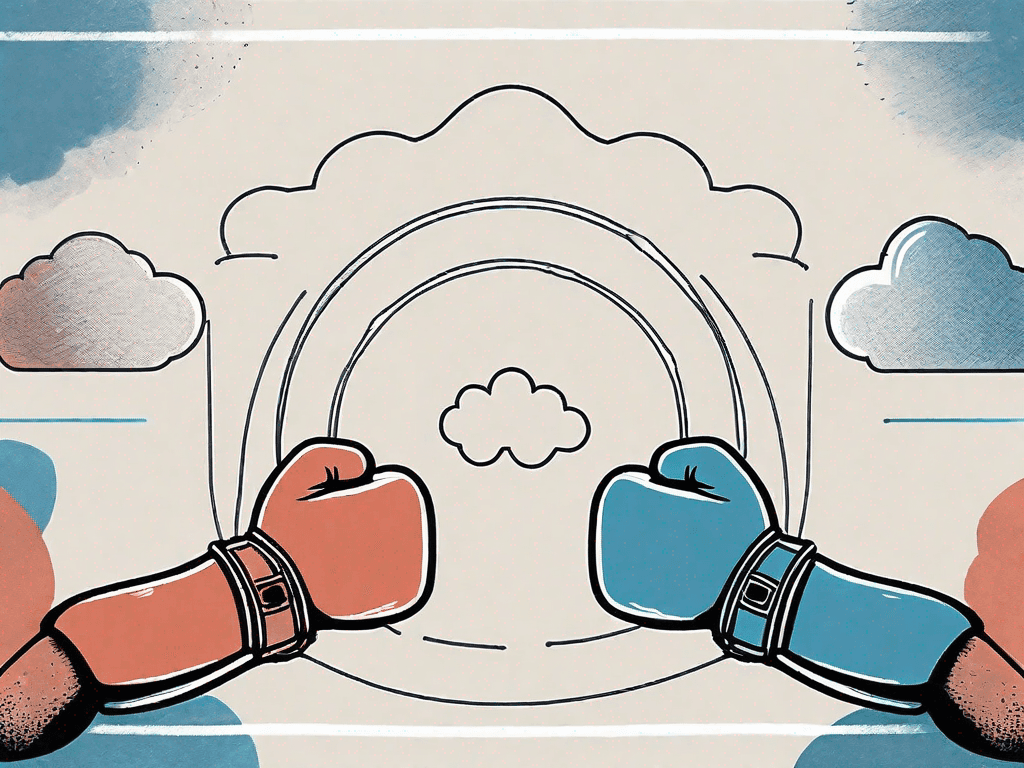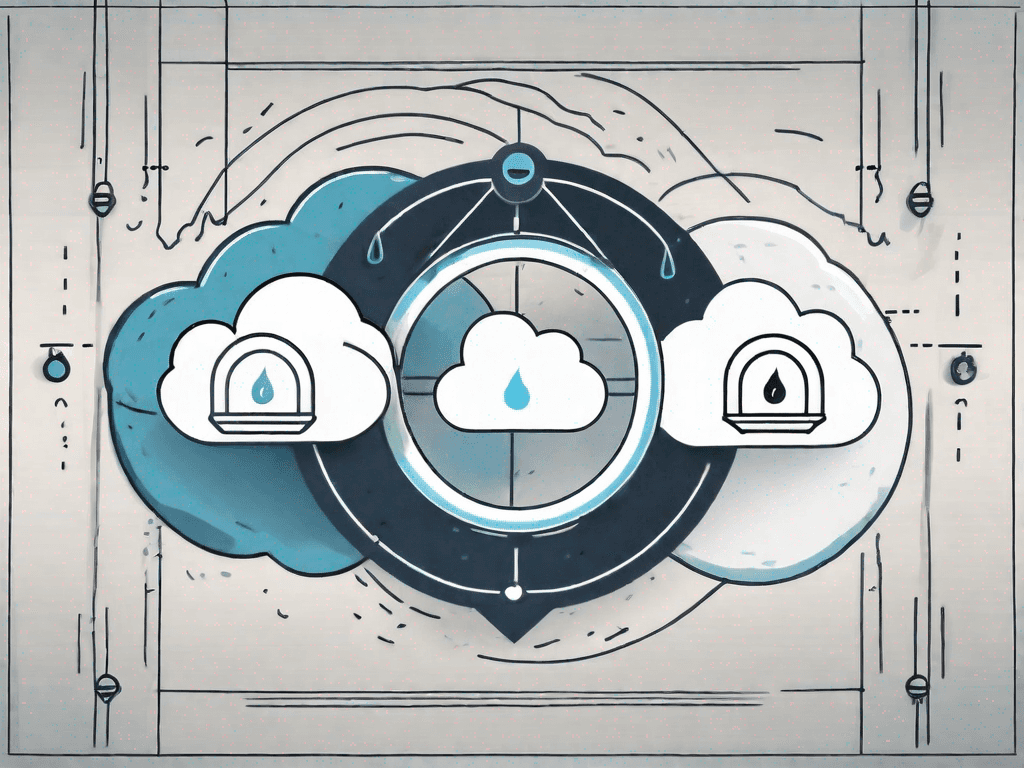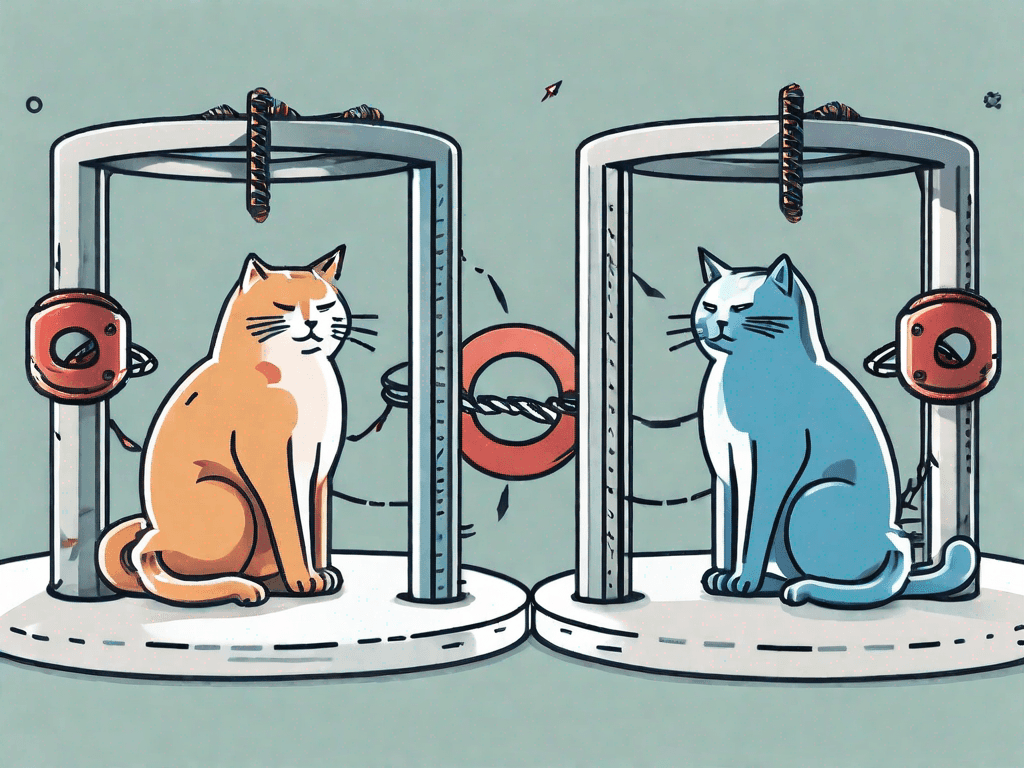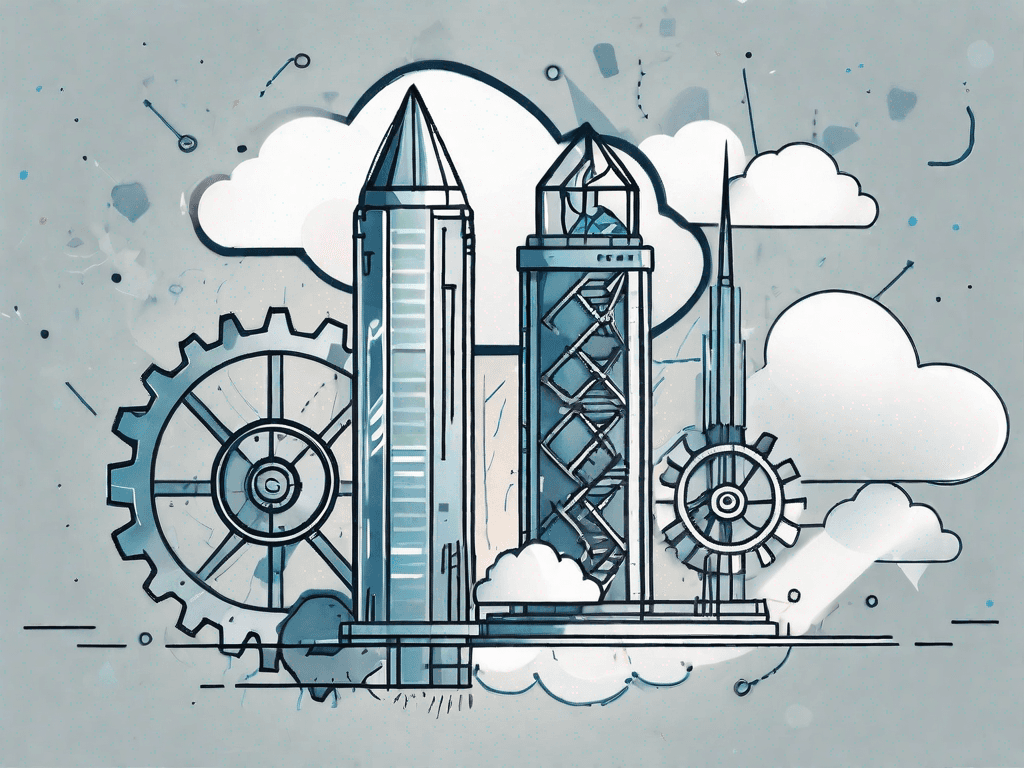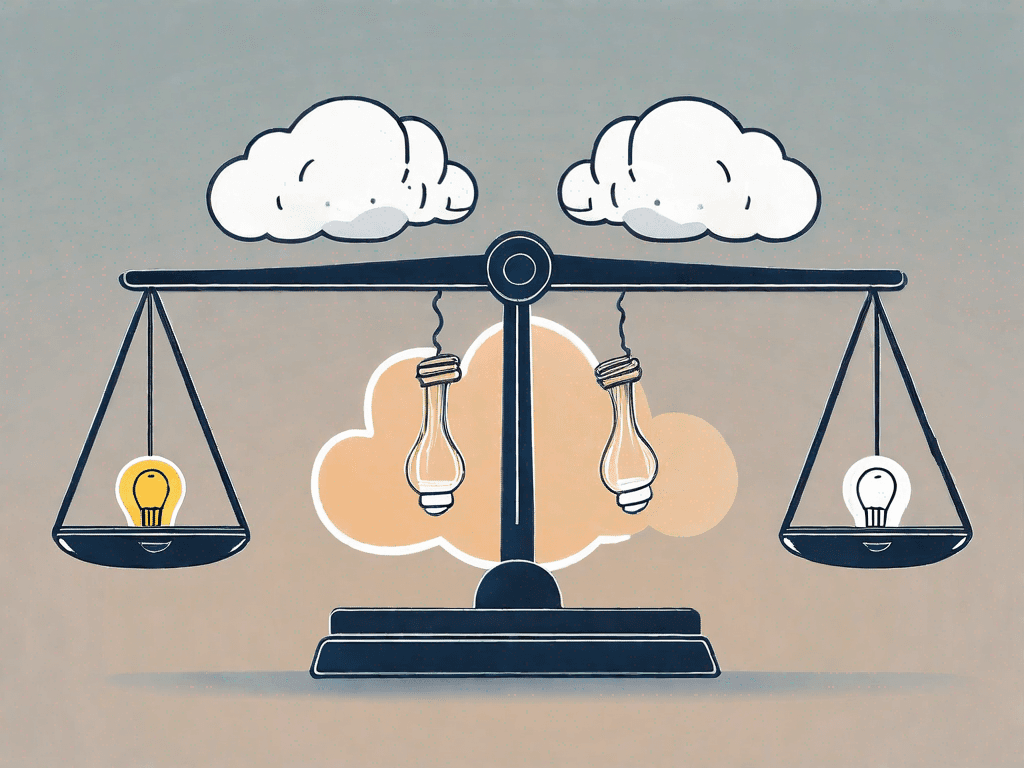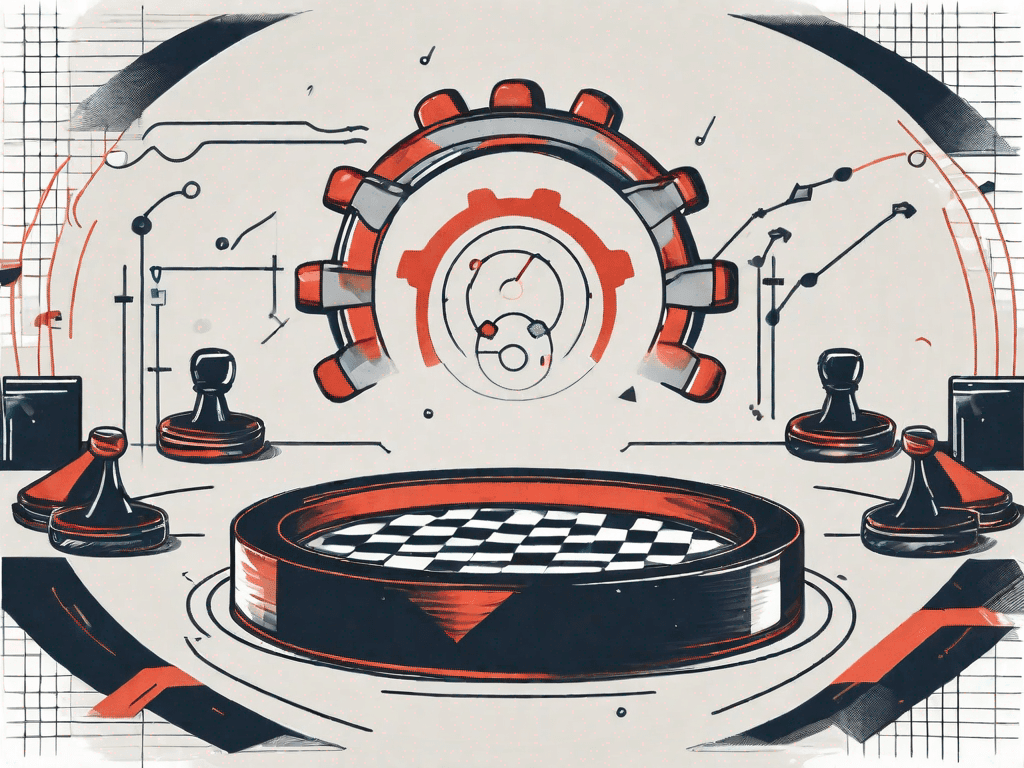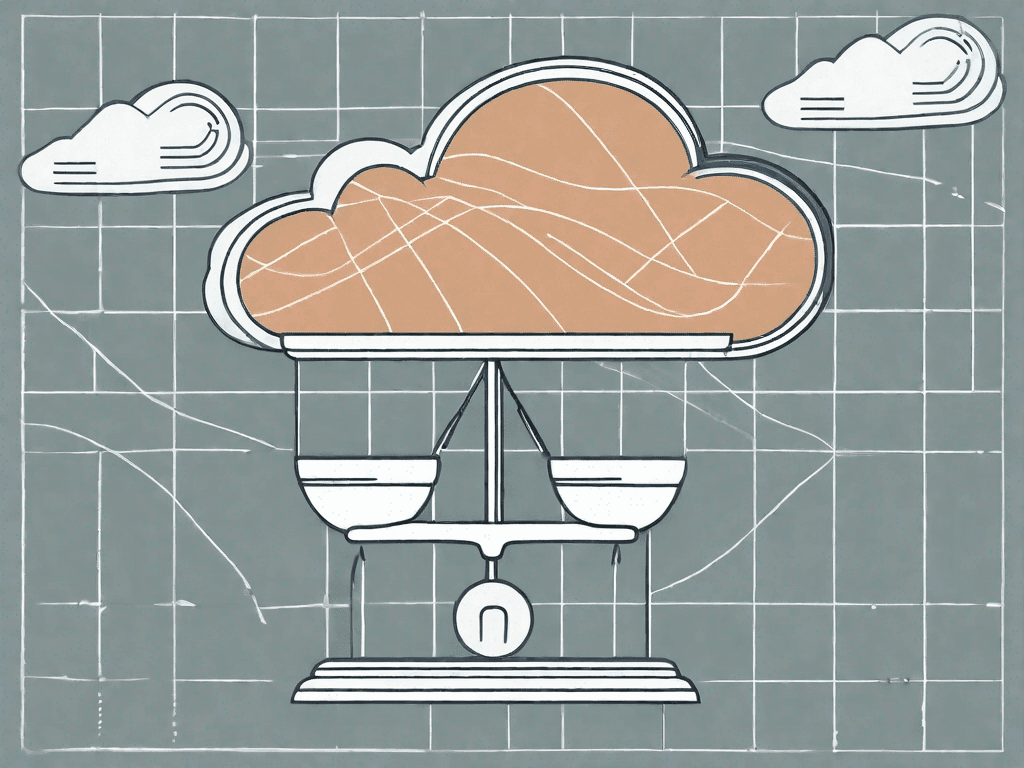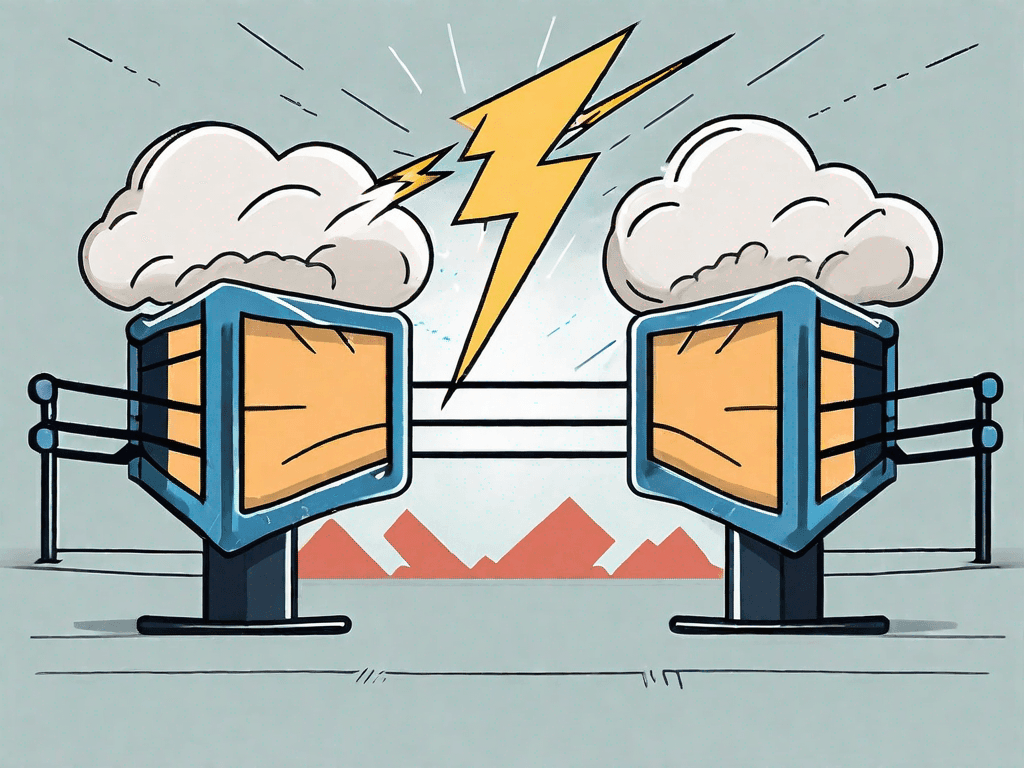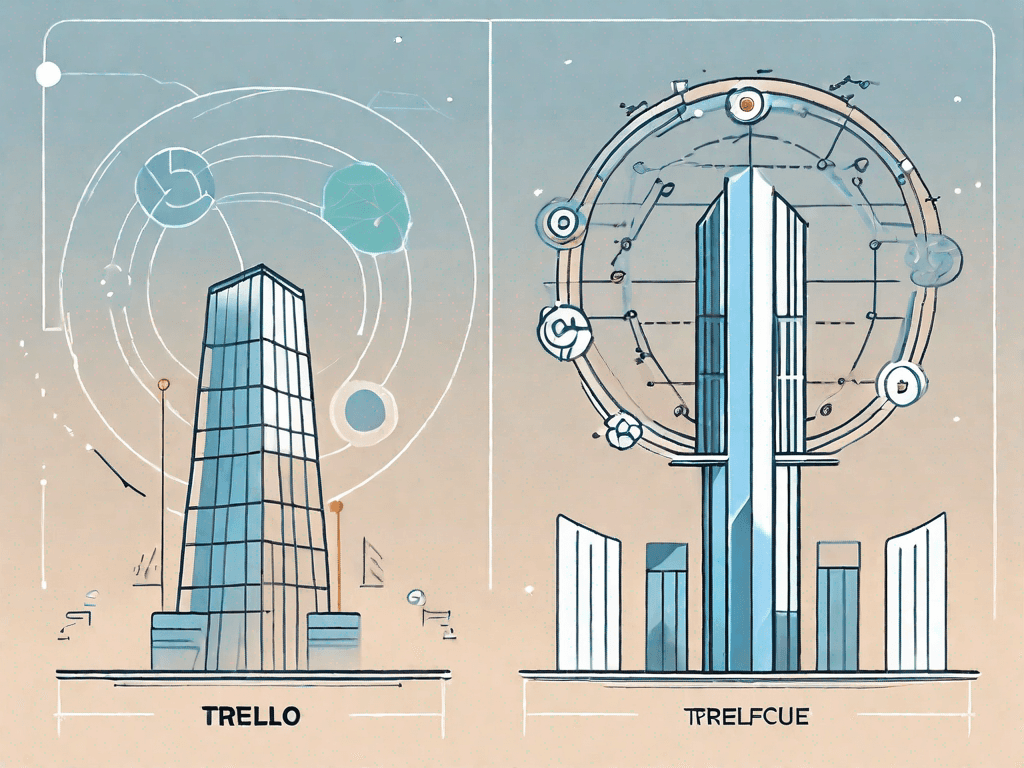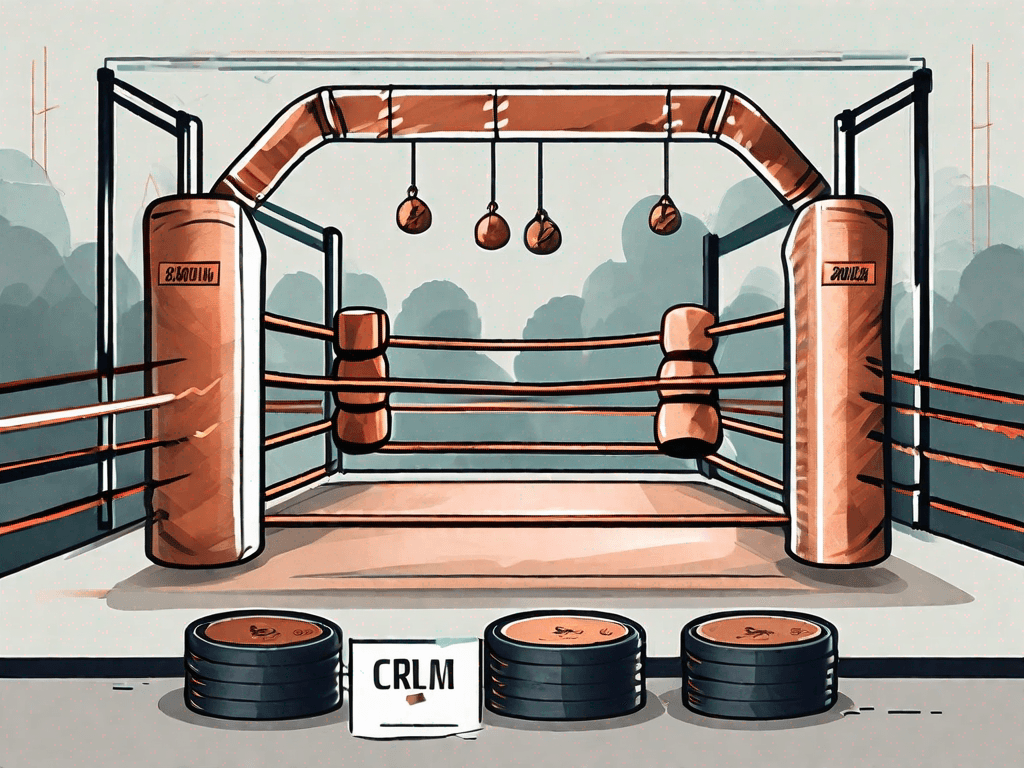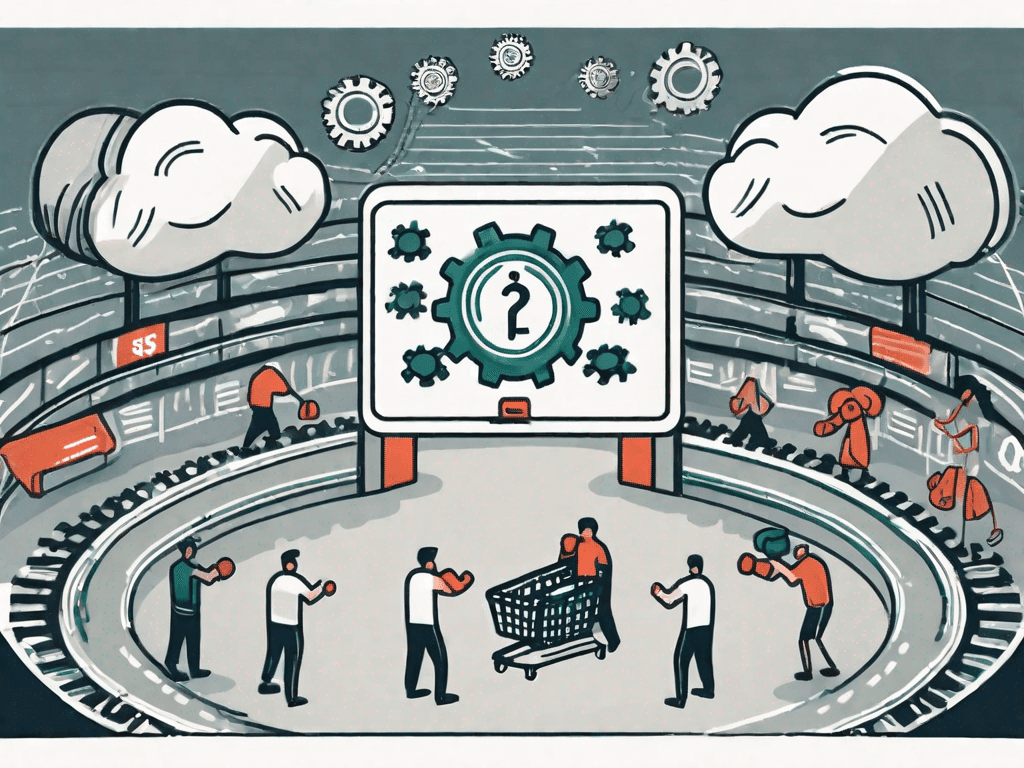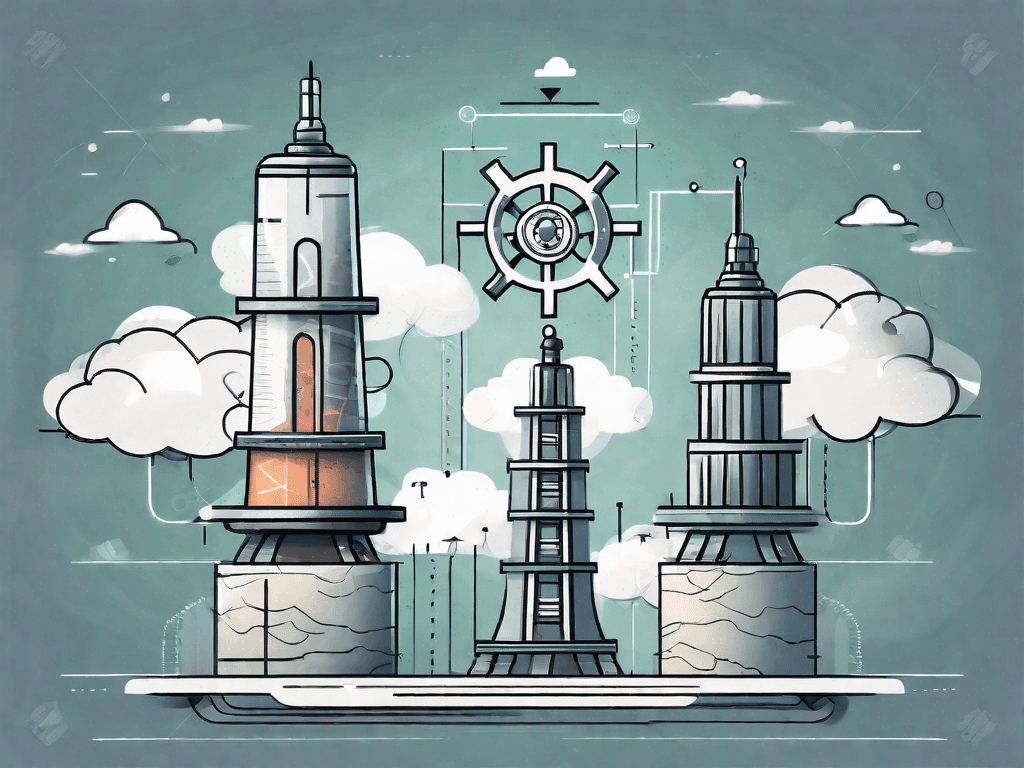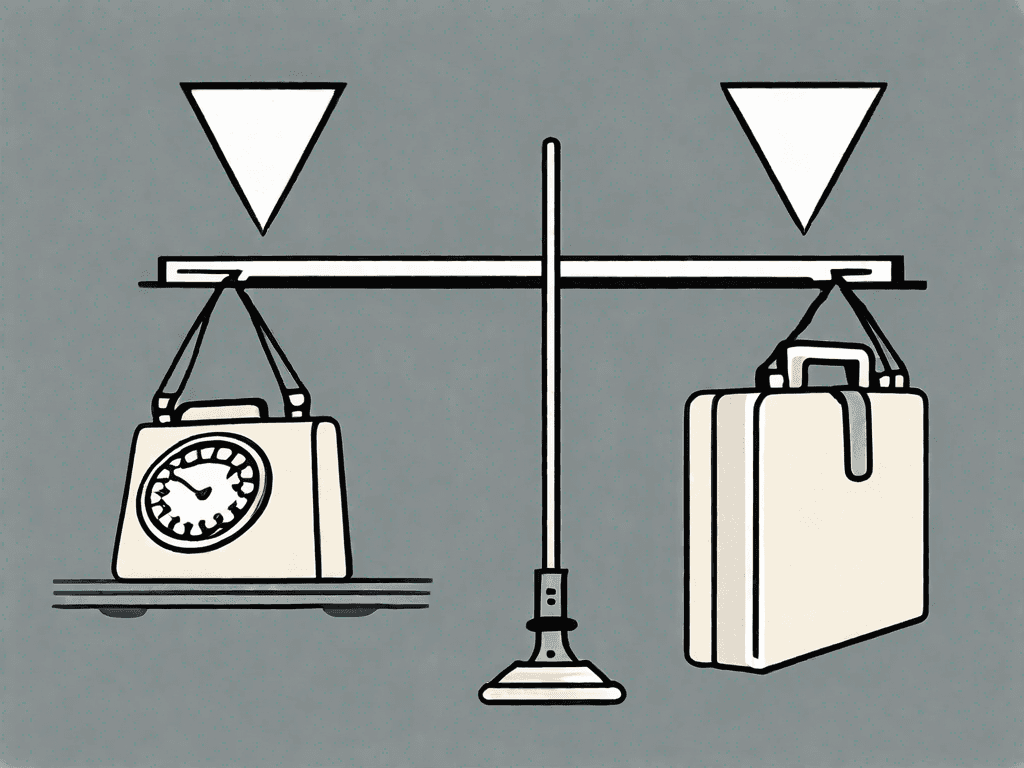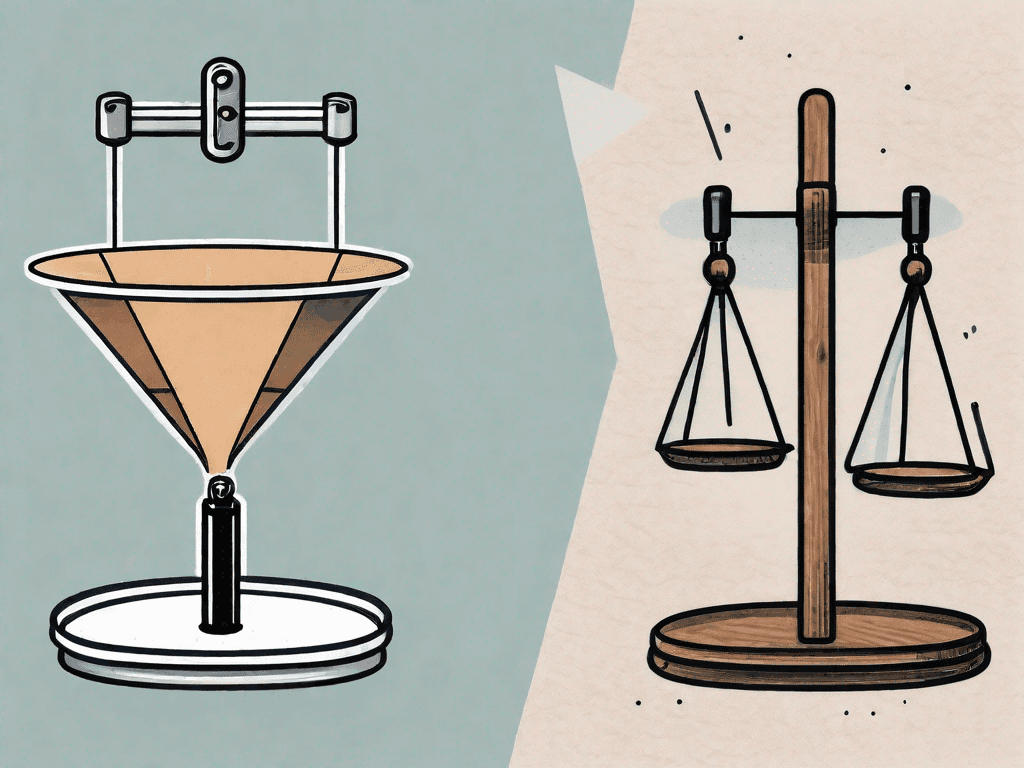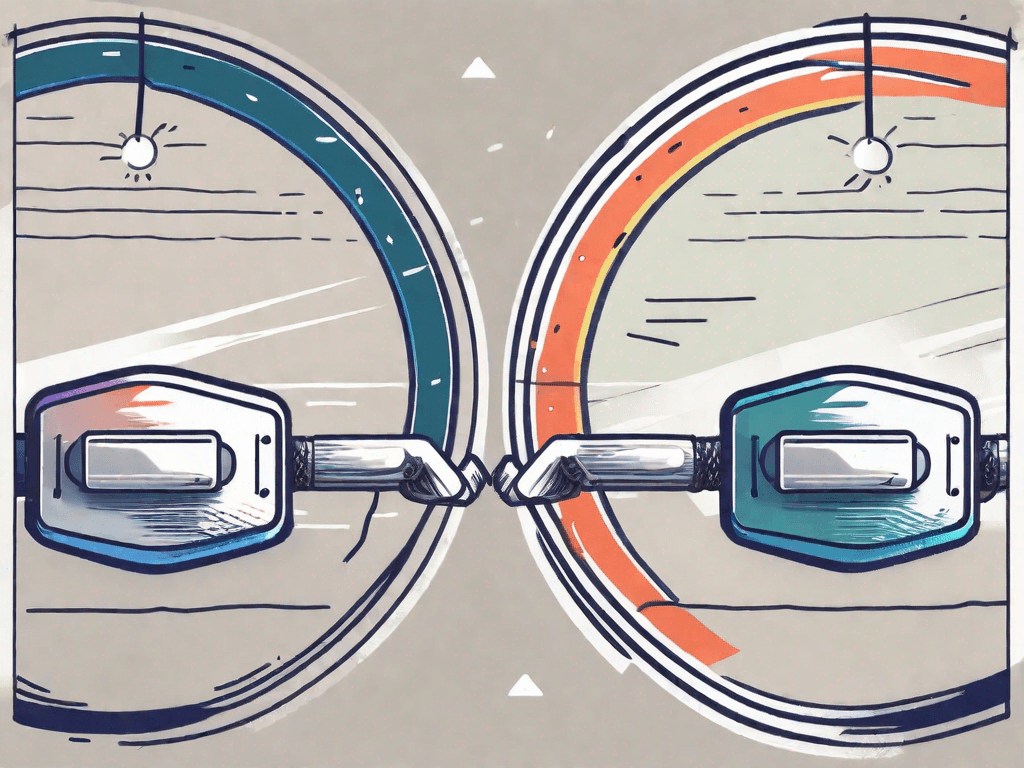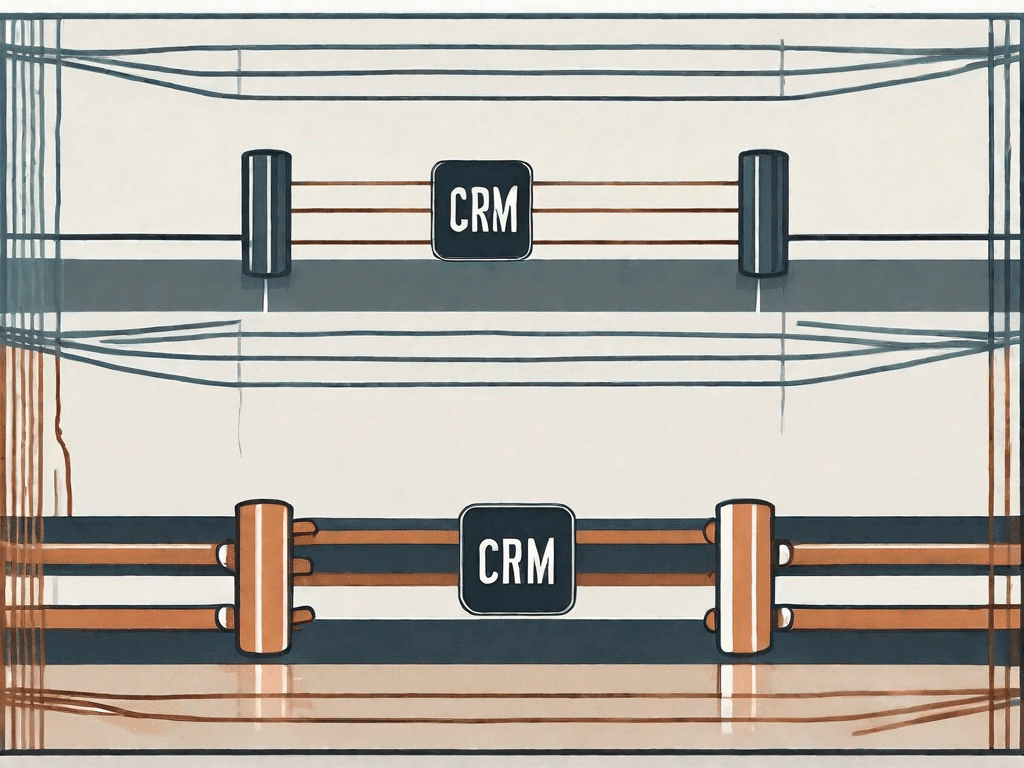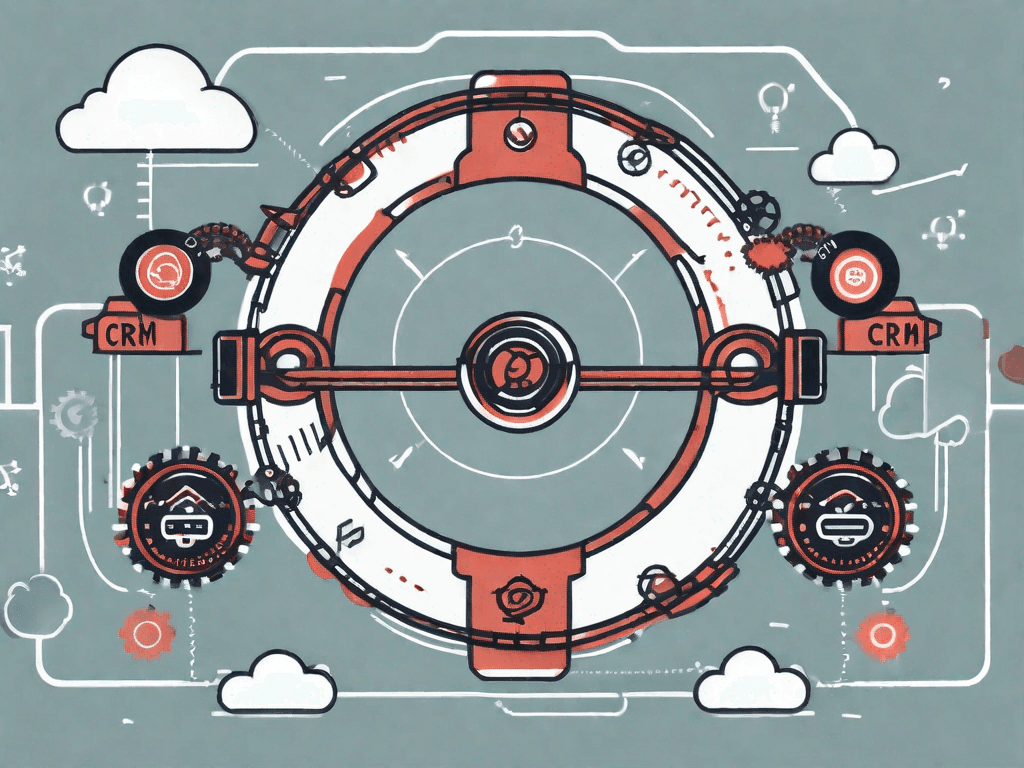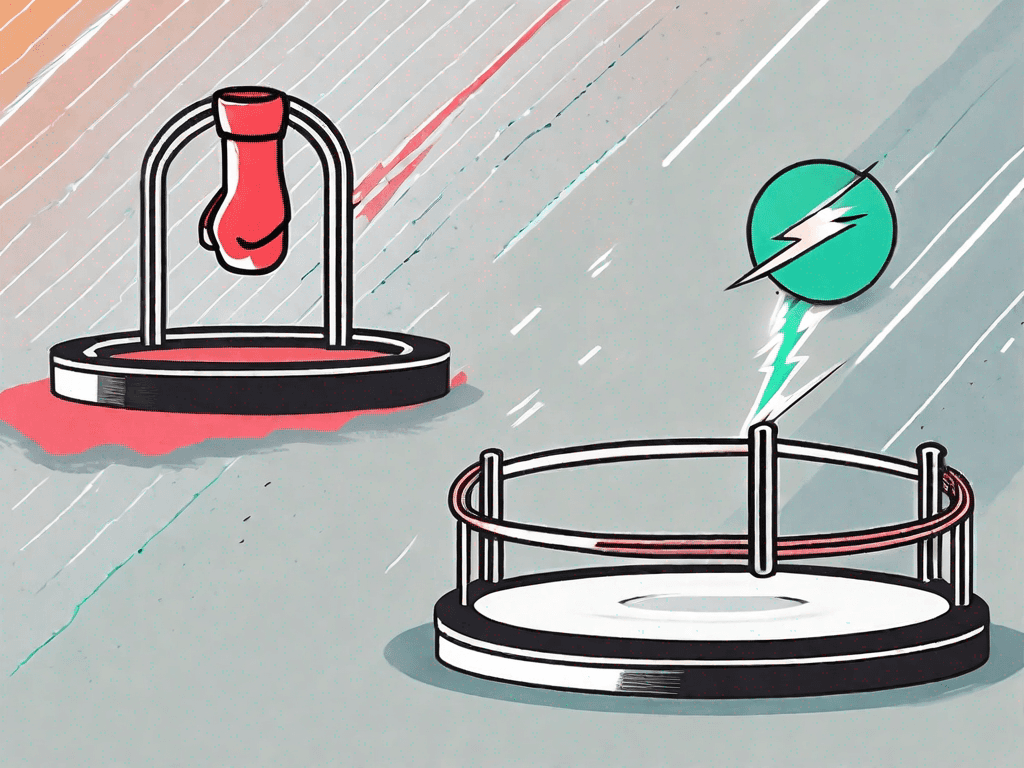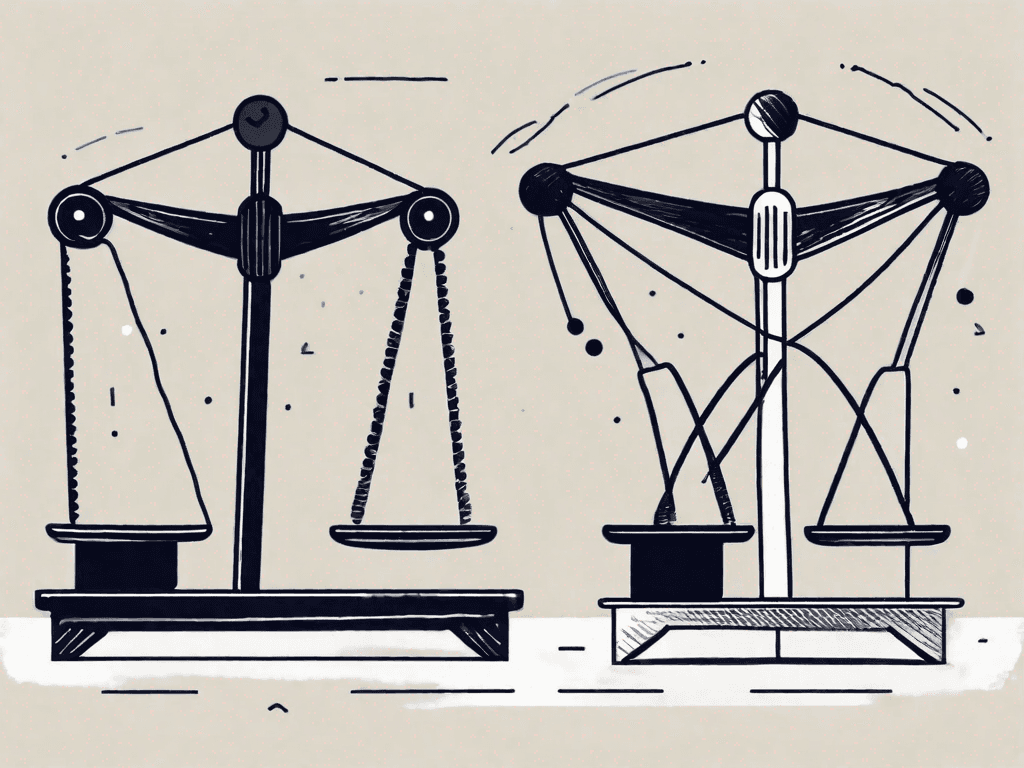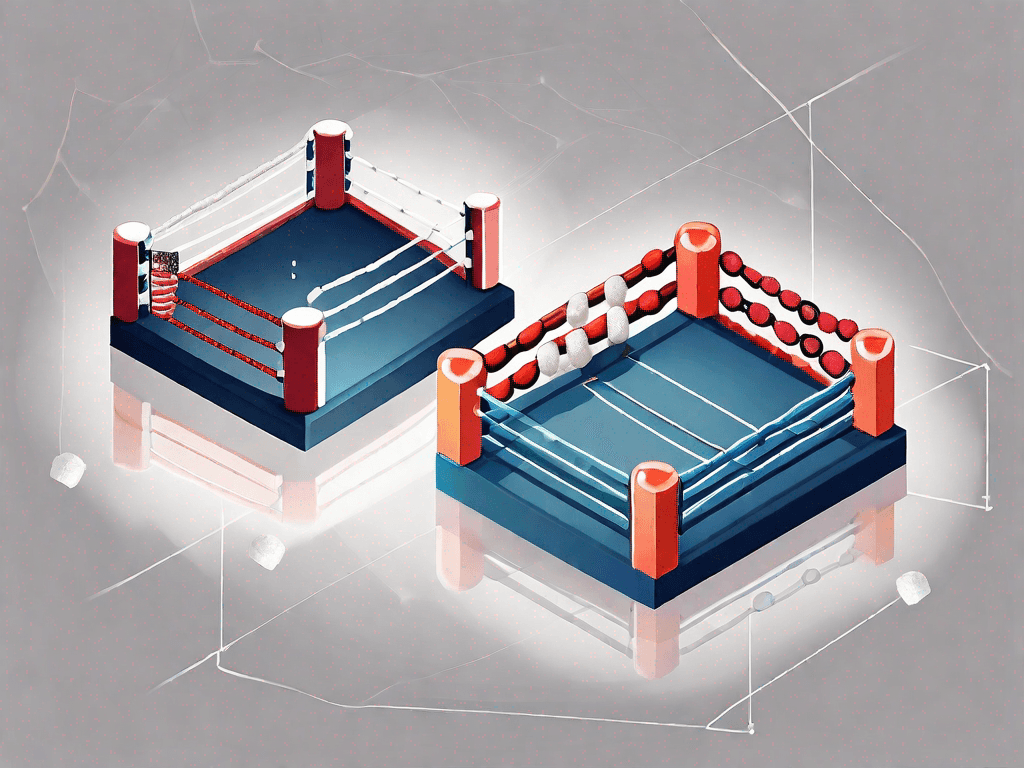
The Ideal Sales Pipeline Template for Networking
In today's competitive business environment, networking has become an essential tool for professionals looking to expand their reach and grow their businesses. The ability to connect with like-minded individuals and potential clients can make all the difference in achieving success. However, with so many networking opportunities available, it's crucial to have a well-defined sales pipeline template to streamline your efforts and maximize your results. In this article, we will explore the ideal sales pipeline template for networking, including the seven stages it should have and an example of the customer journey step-by-step
The 7 Sales Pipeline Stages Networking Should Have
When it comes to networking, having a structured approach can significantly increase your chances of success. Here are the seven sales pipeline stages that networking professionals should include:
Prospecting: This stage involves identifying and researching potential networking opportunities, such as industry events, conferences, and online communities.
Initial Contact: Once you've identified potential connections, this stage focuses on making the initial contact, whether through an email, social media message, or in-person introduction.
Building Rapport: Building rapport is crucial for establishing a strong foundation for your networking relationship. This stage involves getting to know the person, their interests, and finding common ground.During the building rapport stage, it is important to be genuine and authentic in your interactions. Take the time to listen actively and show a genuine interest in the other person's experiences and perspectives. By finding common ground and shared interests, you can create a meaningful connection that goes beyond surface-level networking.
Additionally, building rapport also involves demonstrating your expertise and credibility in your field. Share relevant insights and experiences that showcase your knowledge and skills. This will help establish trust and credibility, making it more likely for others to see you as a valuable networking contact.
Providing Value: Networking is a reciprocal process, and providing value to others is essential. This stage involves offering assistance, sharing relevant resources, or making introductions to other professionals.Providing value in networking goes beyond simply exchanging business cards or making small talk. It involves actively seeking opportunities to help others and contribute to their success. This can be done by offering your expertise, providing valuable insights or advice, or connecting them with other professionals who can benefit their career or business.
Remember, networking is not just about what you can gain, but also about what you can give. By providing value to others, you establish yourself as a trusted and valuable resource, making it more likely for others to reciprocate and provide value to you in return.
Nurturing Relationships: Once rapport is established, it's important to maintain and nurture the relationship. Regular communication, such as checking in, sharing updates, and offering support, is key to building a strong network.Nurturing relationships in networking is an ongoing process that requires consistent effort and attention. It involves staying connected with your network through regular communication and engagement. This can be done through various channels, such as email, social media, or in-person meetings.
During the nurturing stage, it is important to show genuine interest and support for your connections. Stay updated on their professional endeavors and milestones, and offer your congratulations and support when appropriate. By staying engaged and supportive, you strengthen the bond with your network and increase the likelihood of future collaborations and opportunities.
Conversion: At this stage, the focus shifts towards converting the networking relationship into a business opportunity. This involves identifying potential collaboration or sales opportunities and discussing them with the prospect.Conversion is a critical stage in the networking process, where you aim to turn your connections into tangible business opportunities. This requires careful consideration and strategic planning.
During the conversion stage, it is important to clearly communicate the value and benefits of collaborating or doing business with you. Showcase your expertise, highlight your track record of success, and demonstrate how working together can benefit both parties. By presenting a compelling case, you increase the likelihood of turning your networking relationships into profitable ventures.
Retention: Once a business opportunity is secured, the final stage is to retain the client or connection. This involves delivering exceptional service, maintaining regular communication, and seeking opportunities for further collaboration.Retention is crucial in networking, as it allows you to build long-term relationships and maximize the value of your connections. To retain clients or connections, it is important to consistently deliver exceptional service and exceed expectations.
Maintain regular communication with your clients or connections to stay updated on their needs and provide ongoing support. Seek opportunities for further collaboration or partnership, and continuously look for ways to add value to their business or career.
By focusing on retention, you not only strengthen your existing relationships but also increase the likelihood of referrals and recommendations, which can lead to new business opportunities and expand your network even further.
Example of the Customer Journey in a Sales Pipeline for Networking Step-by-Step
Let's take a step-by-step look at an example of a customer journey in a sales pipeline for networking:
Prospecting: Through research and industry knowledge, you identify a high-profile industry event where potential clients are likely to attend.
Initial Contact: You reach out to a prospect who you believe could benefit from your services and express your interest in meeting them at the event.
Building Rapport: At the event, you engage in meaningful conversations, showcasing your expertise and building rapport with the prospect.
Providing Value: After the event, you follow up with the prospect and share a helpful article related to their industry, showcasing your willingness to provide value.
Nurturing Relationships: Over the following months, you consistently communicate with the prospect, sharing relevant industry news and checking in on their business challenges.
Conversion: When the prospect expresses interest in your services, you schedule a meeting to discuss potential collaboration opportunities.
Retention: After securing the client, you maintain regular communication, deliver exceptional service, and continuously look for opportunities to add value.
Why Networking needs this Sales Pipeline Template?
Now that we've explored the seven stages of the ideal sales pipeline for networking, let's discuss why you need this template:
You'll save time connecting with professionals through networking.
In today's fast-paced business world, time is a valuable resource. By having a well-defined sales pipeline template, you can streamline your networking efforts and make efficient use of your time. Each stage of the pipeline provides a clear roadmap, ensuring that you prioritize the most promising opportunities and avoid wasting time on unproductive connections.
You'll grow revenues faster by expanding your professional network.
Networking is all about building relationships that lead to business opportunities. By following a structured sales pipeline template, you can nurture relationships effectively, identify conversion opportunities, and maximize your potential revenue. The template helps you stay organized, identify gaps in your networking process, and strategize ways to expand your network and grow your business.
In conclusion, the ideal sales pipeline template for networking is a valuable tool that can help professionals streamline their efforts, maximize results, and achieve success. By implementing the seven stages, understanding the customer journey, and recognizing the benefits of having this template, you can take your networking to the next level and seize every opportunity for growth.



